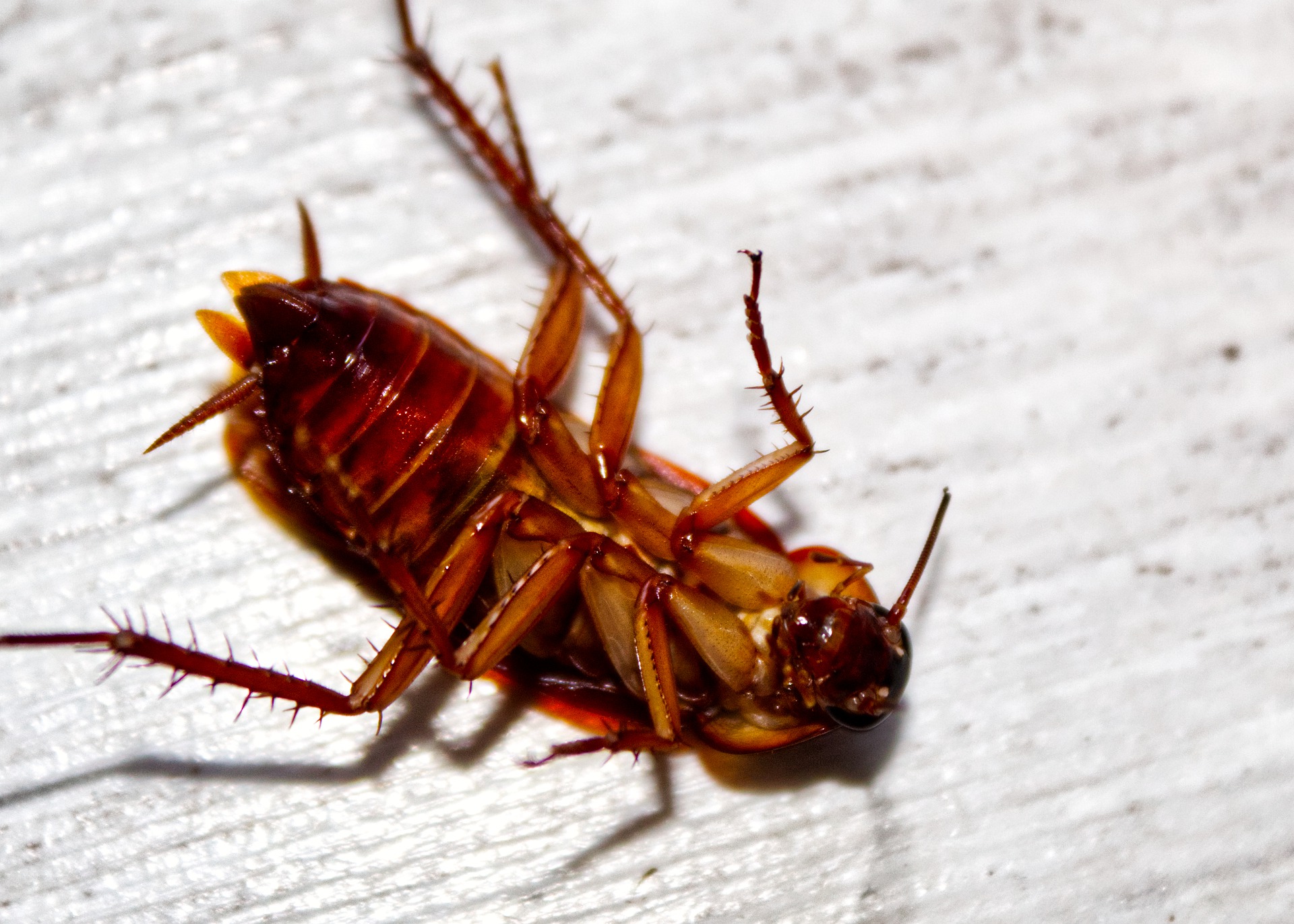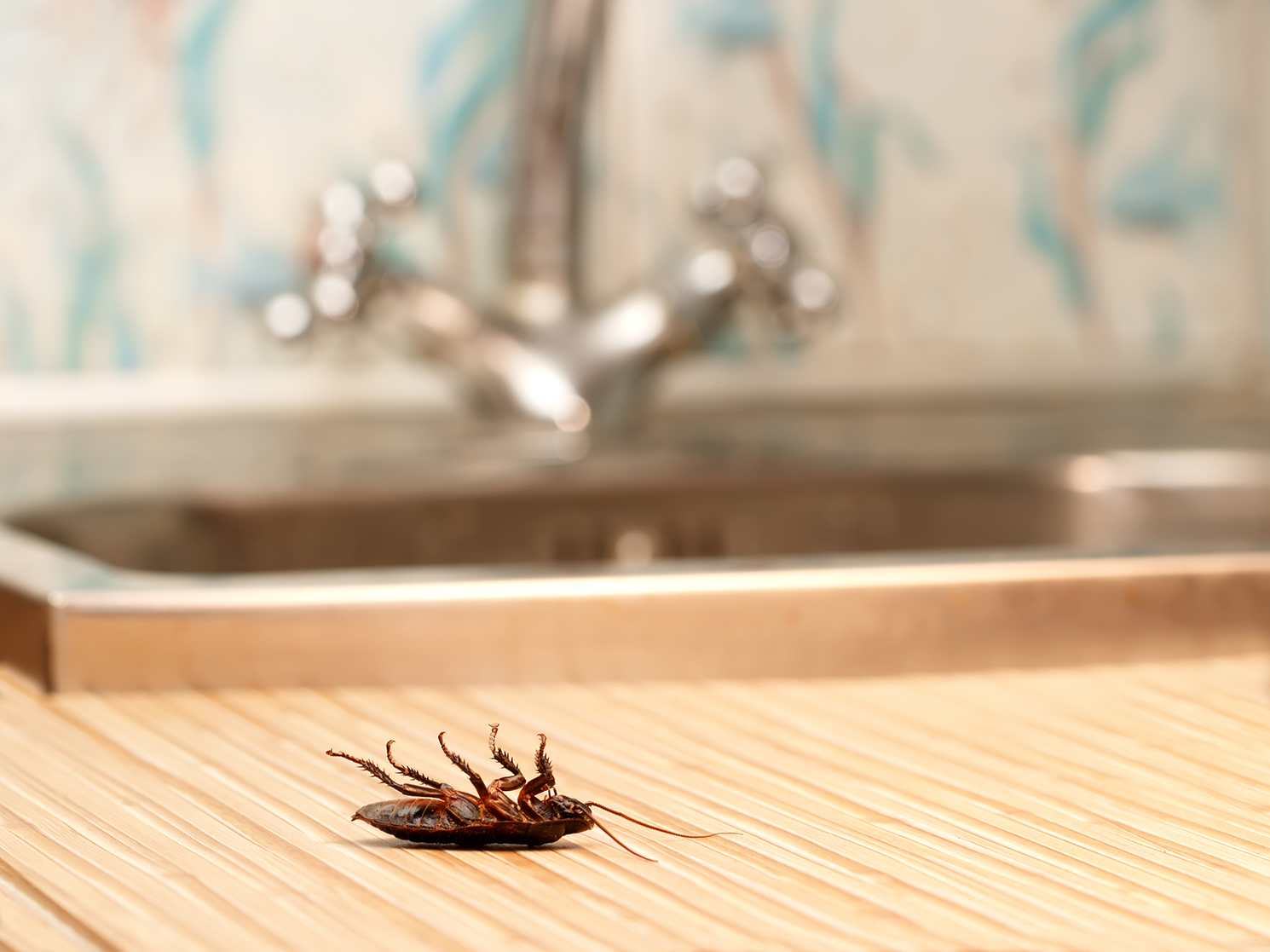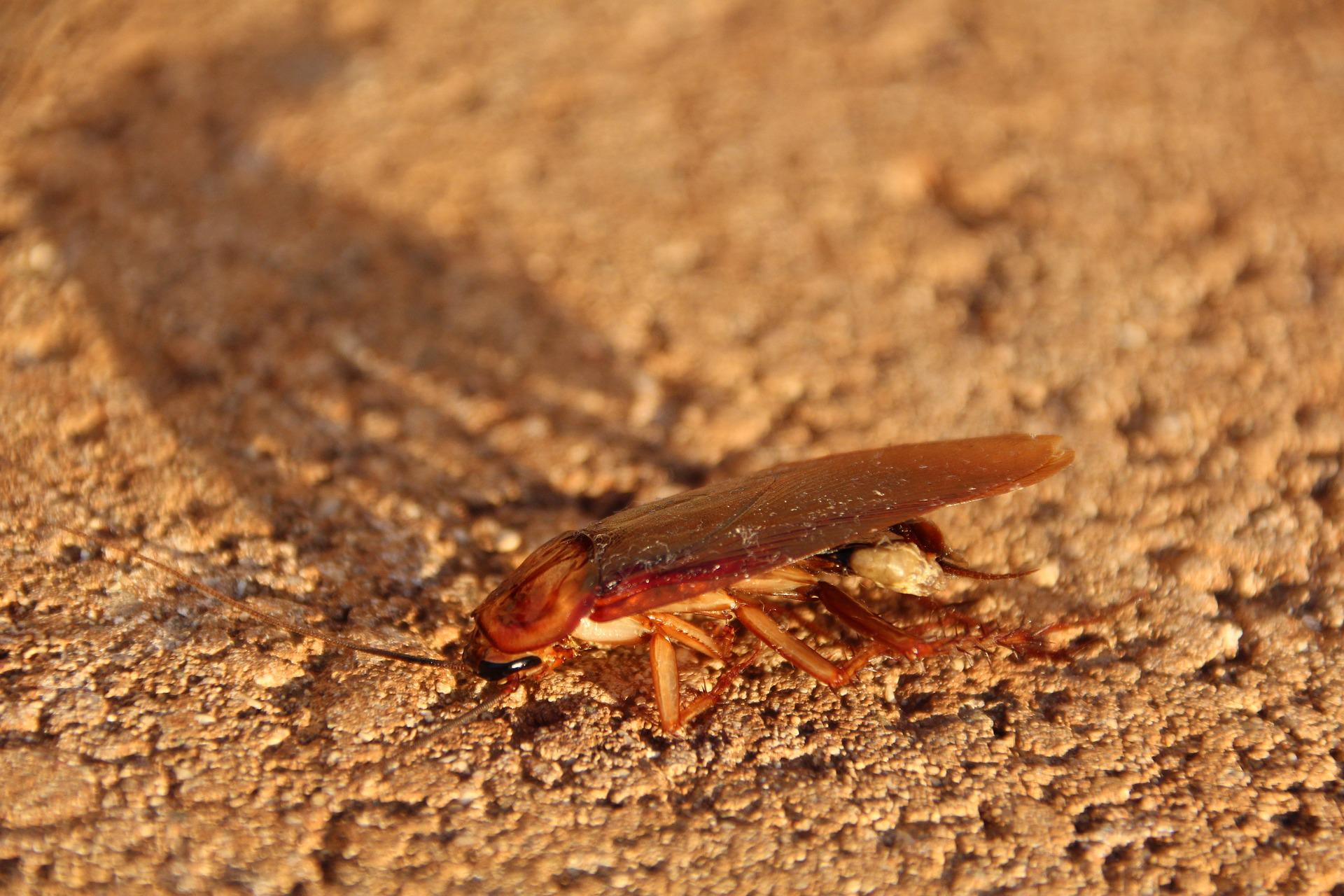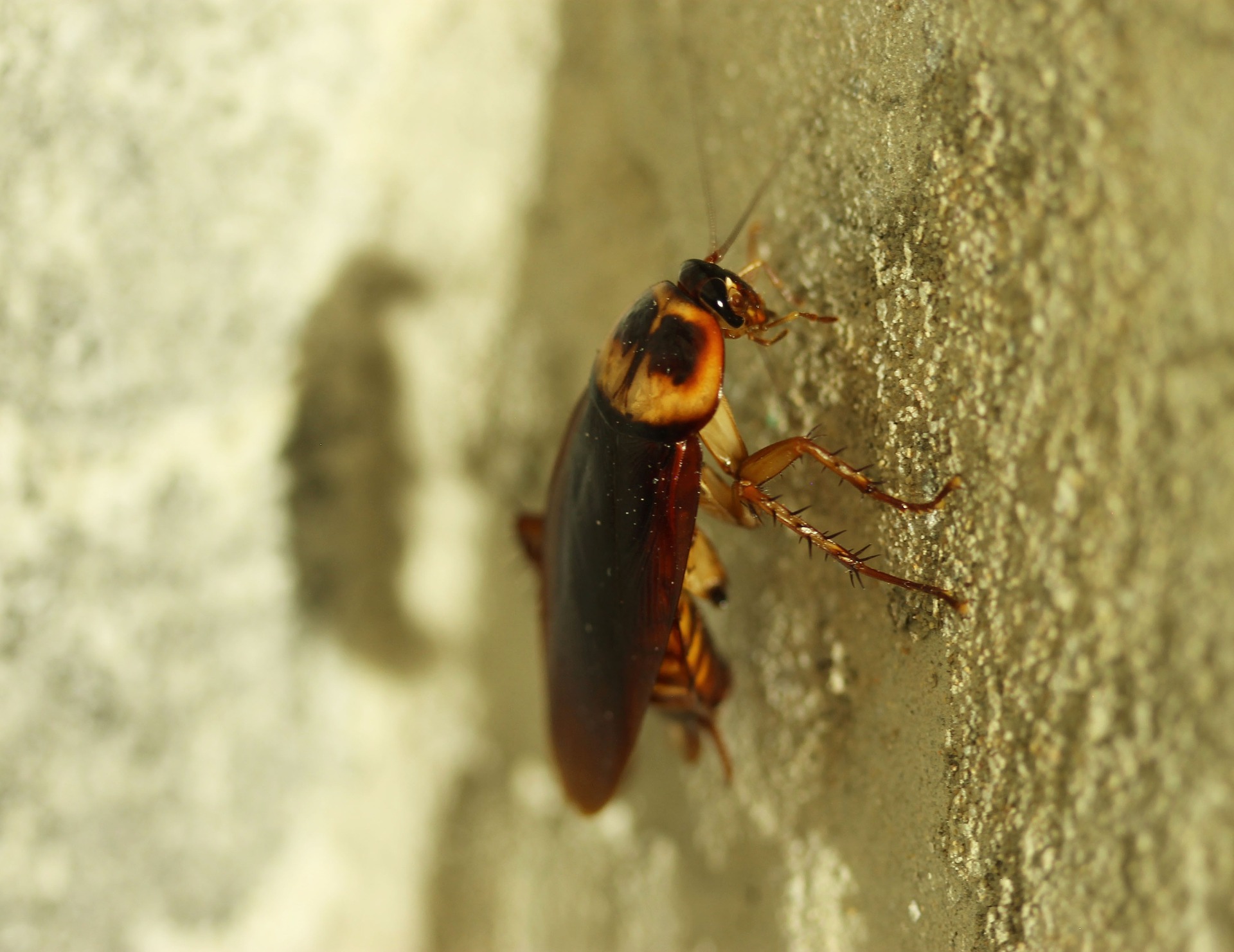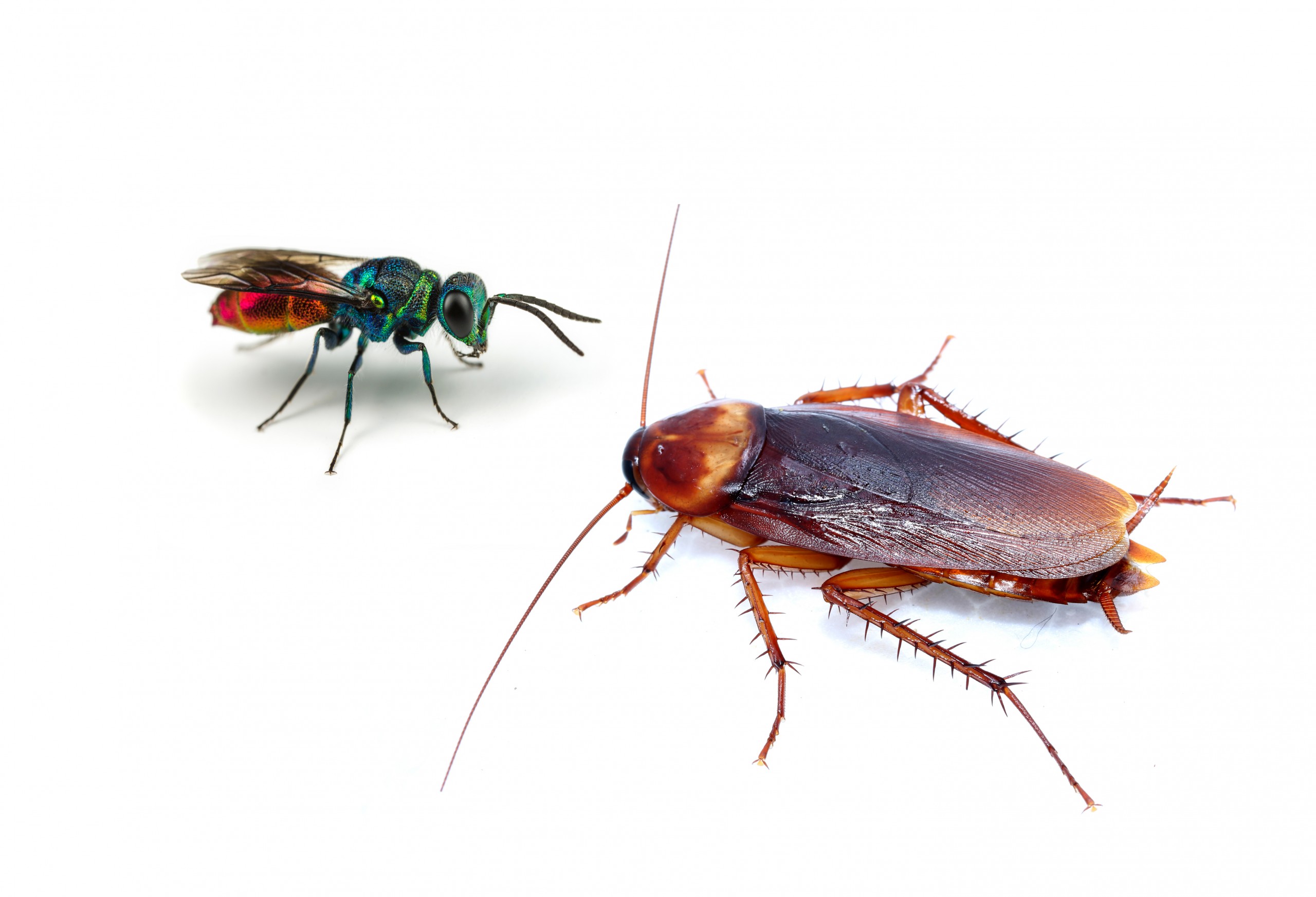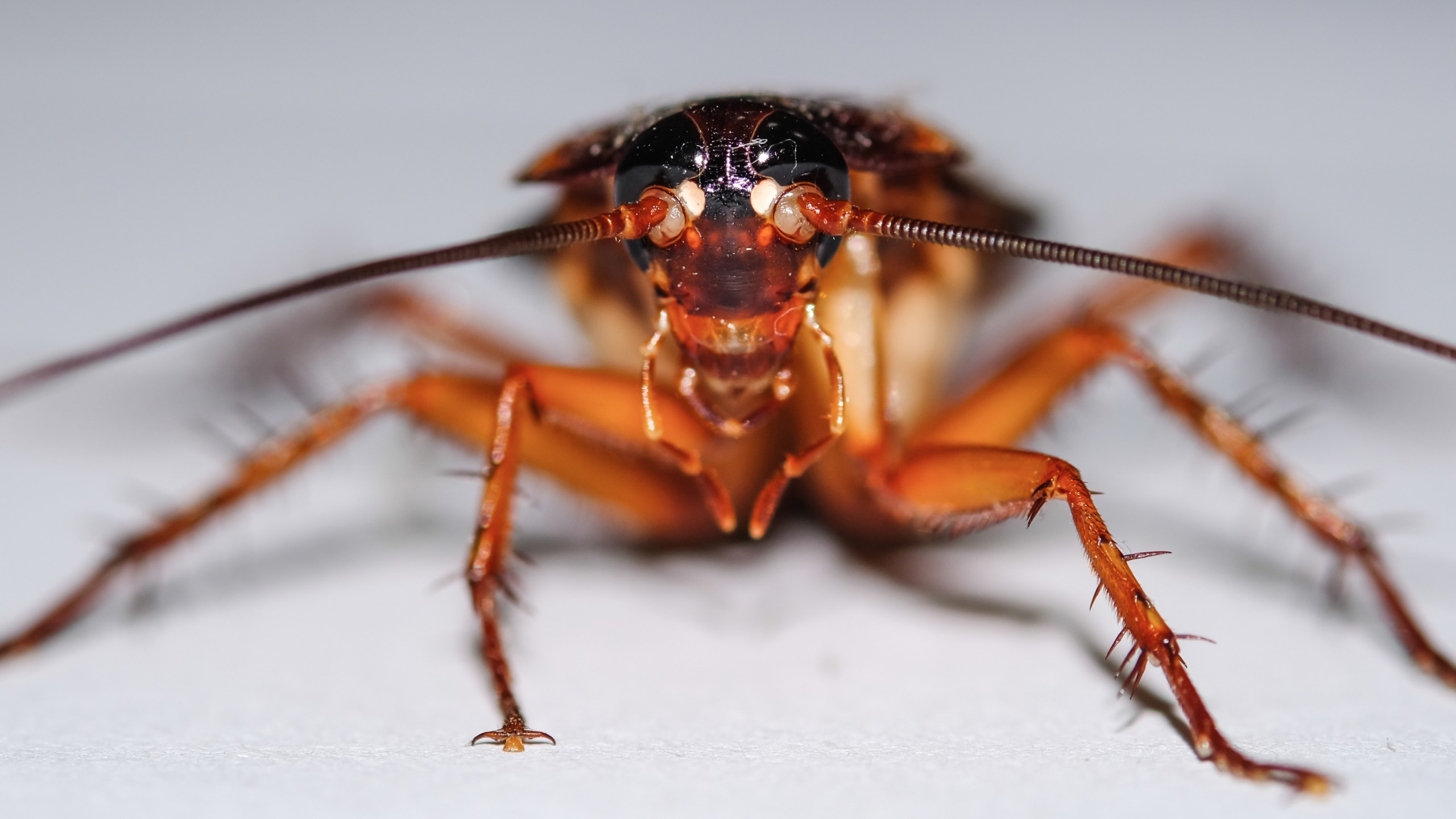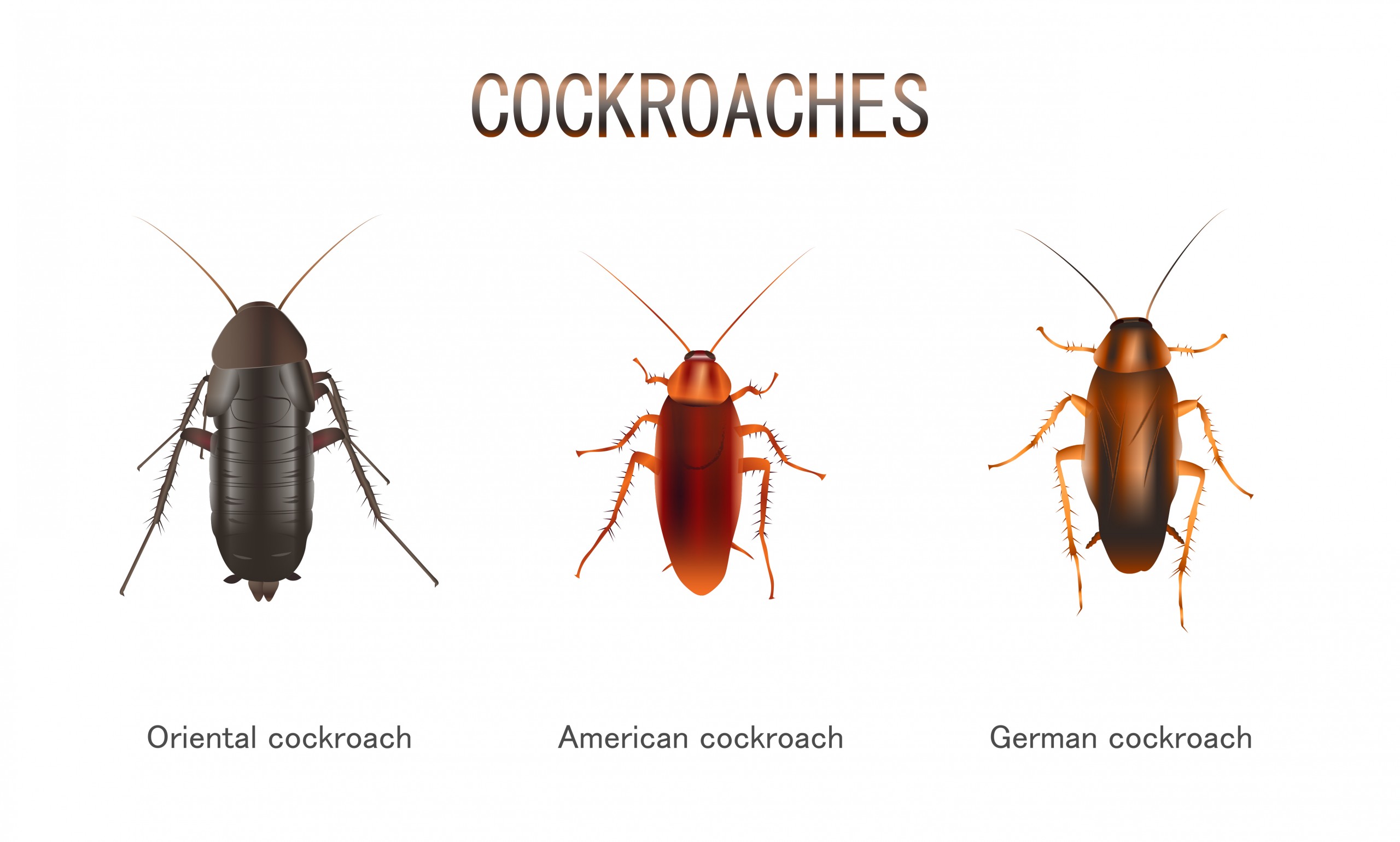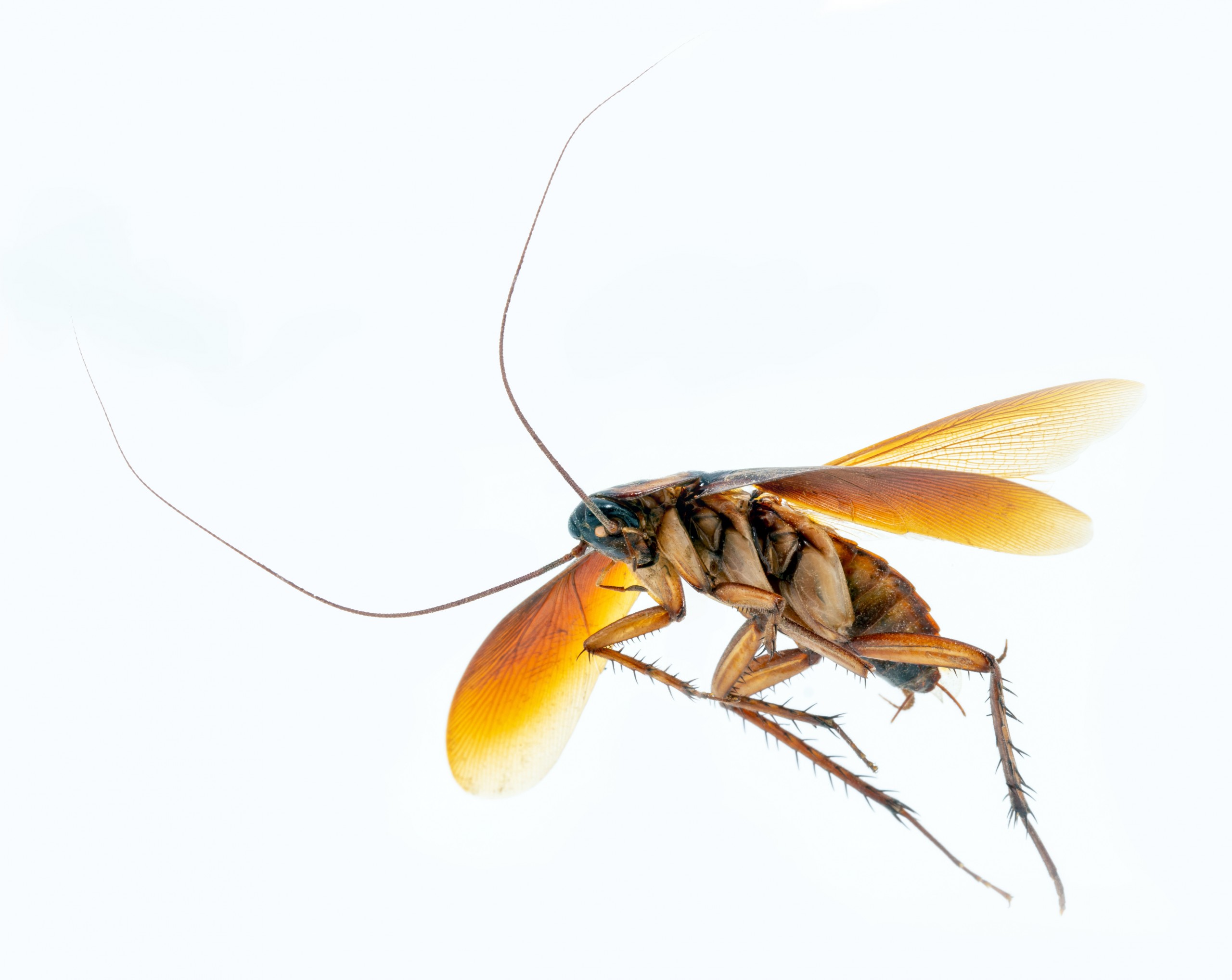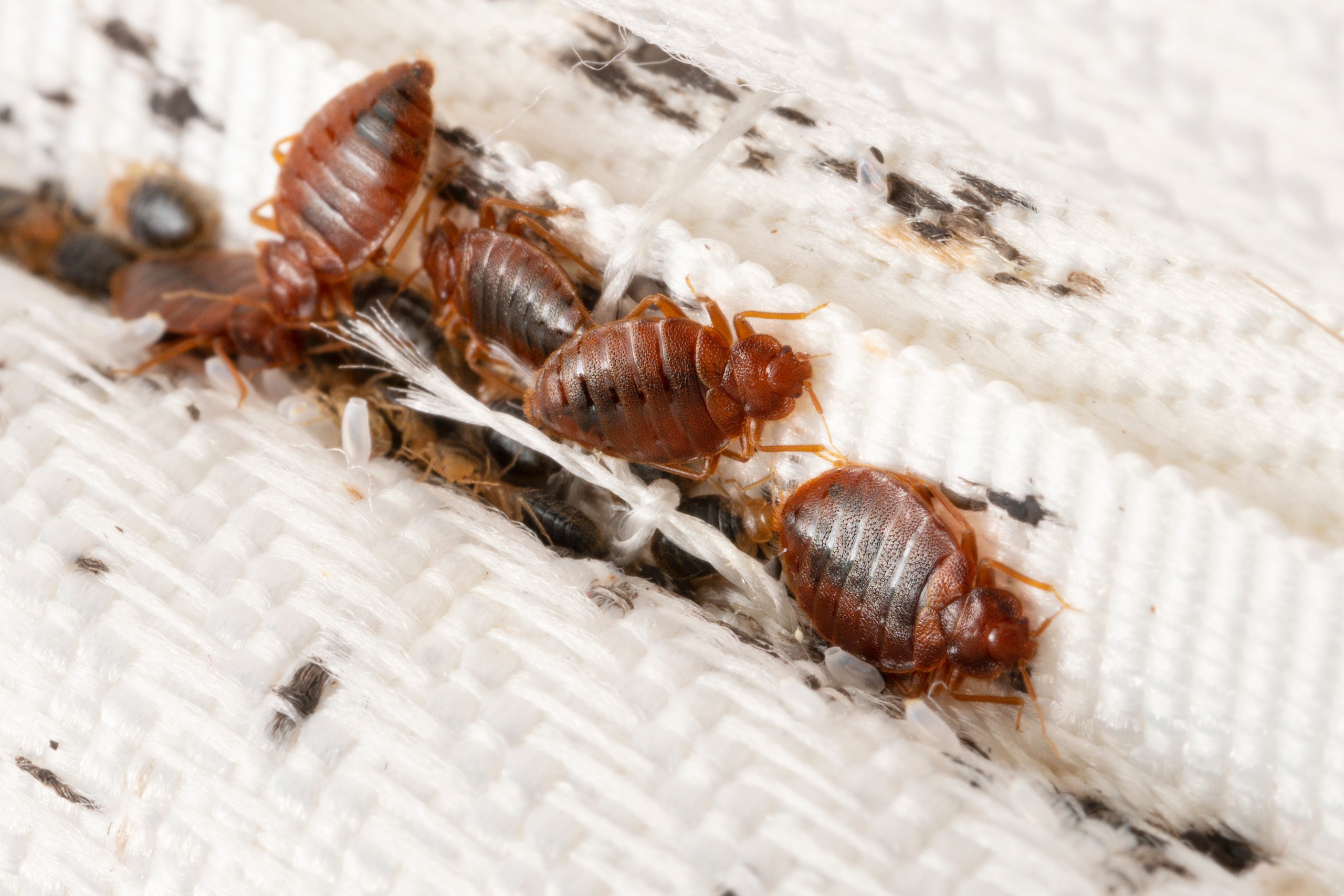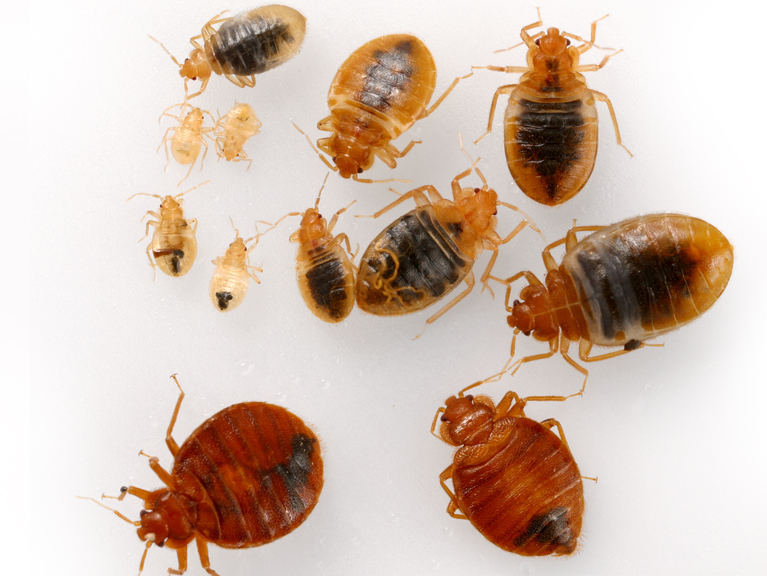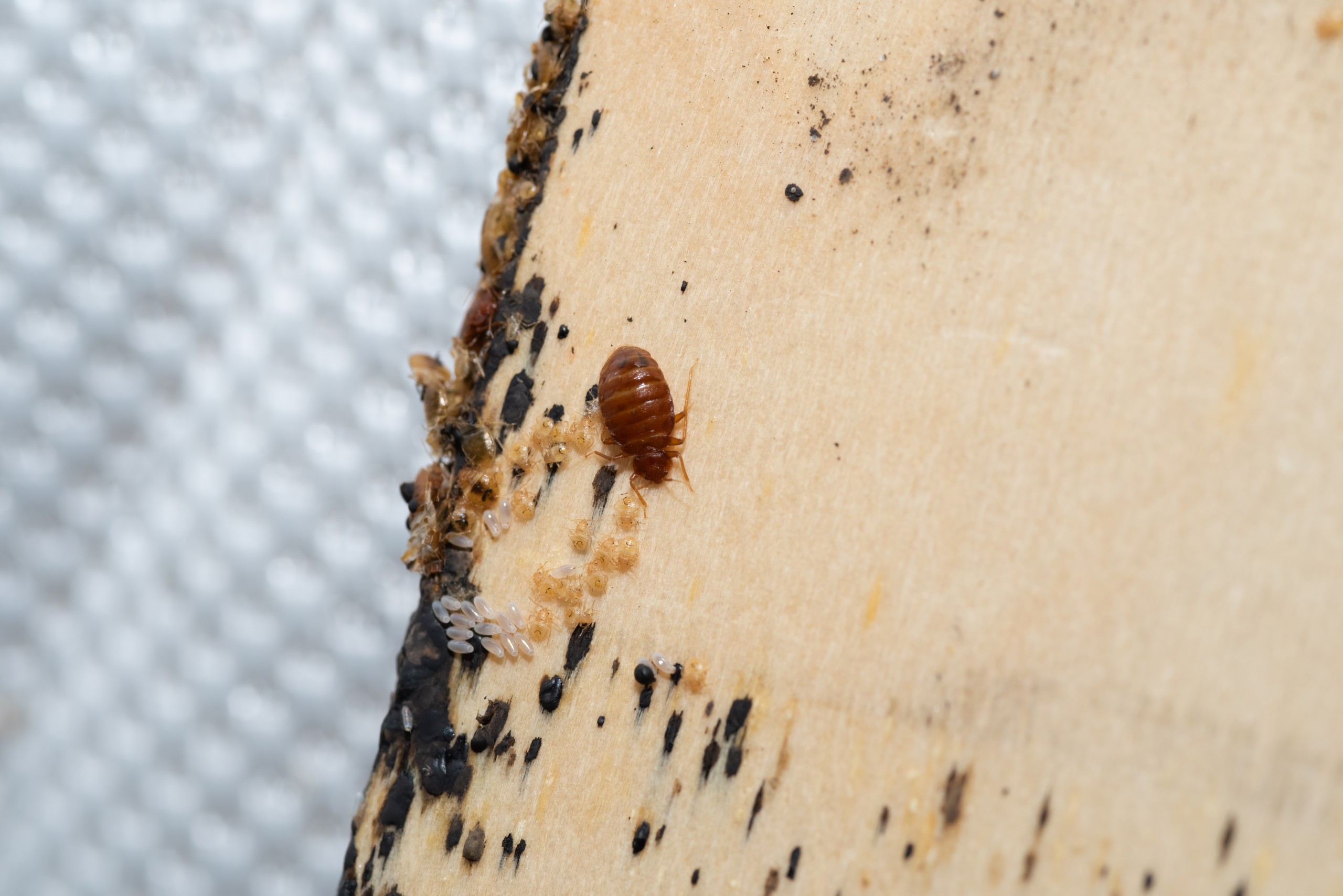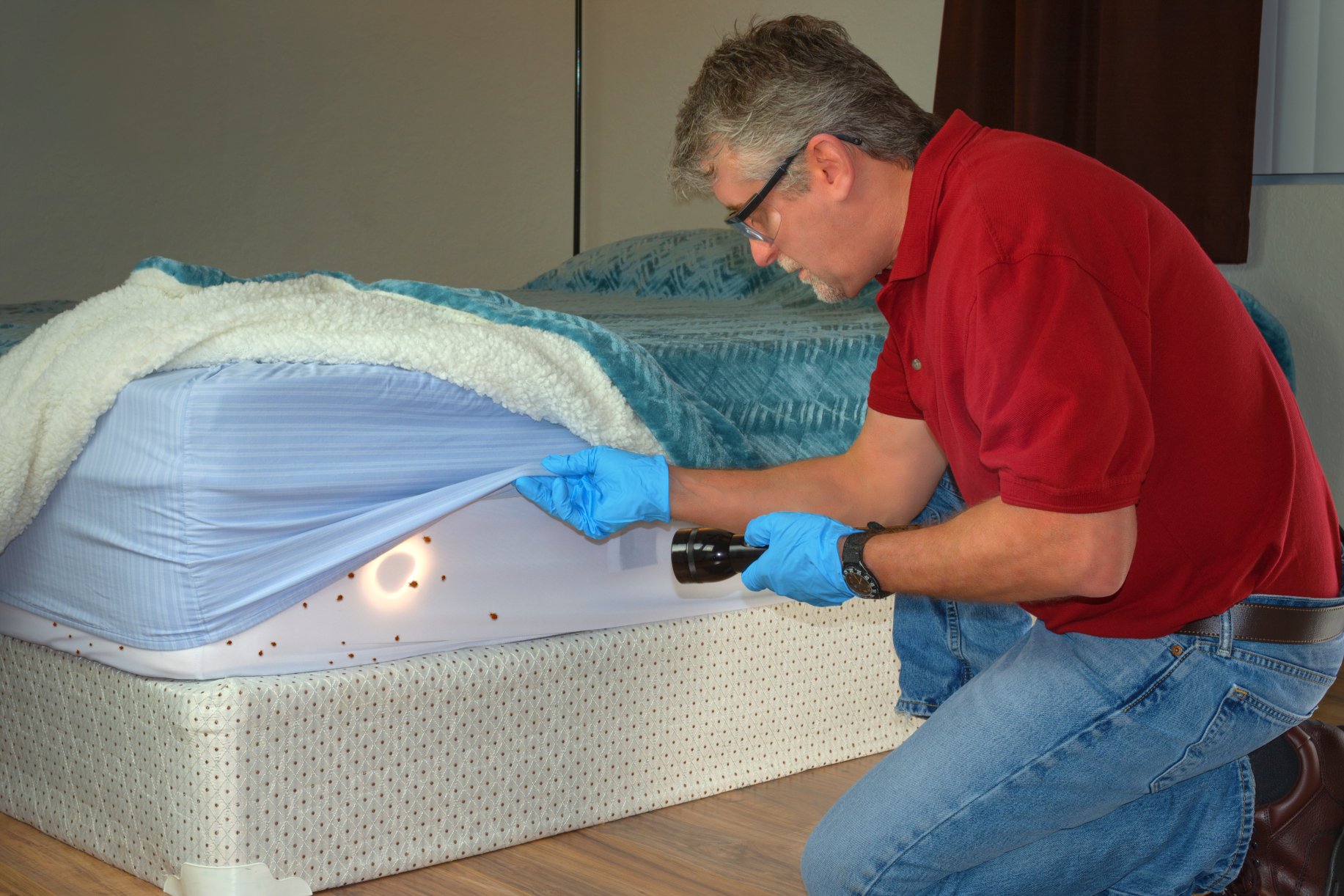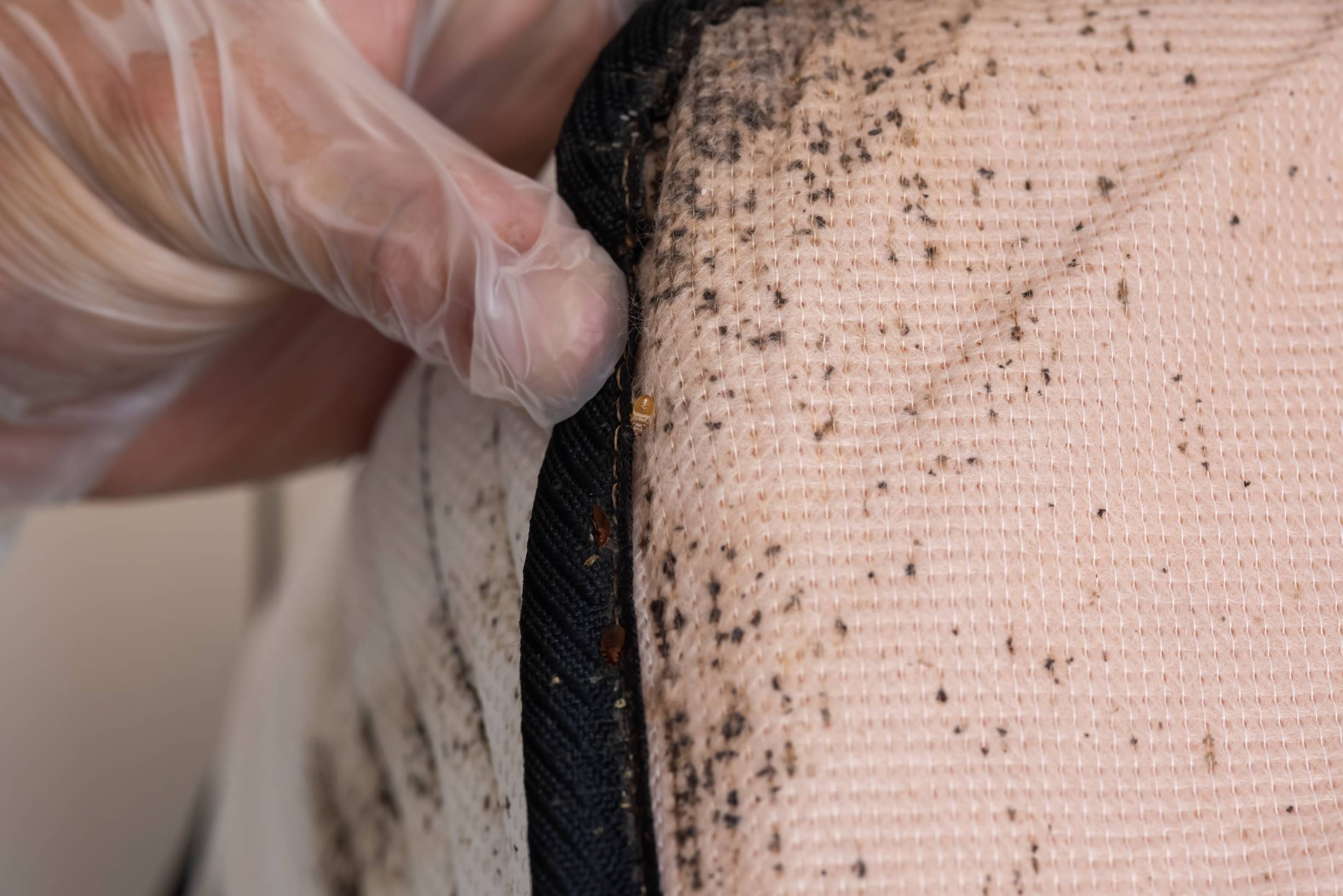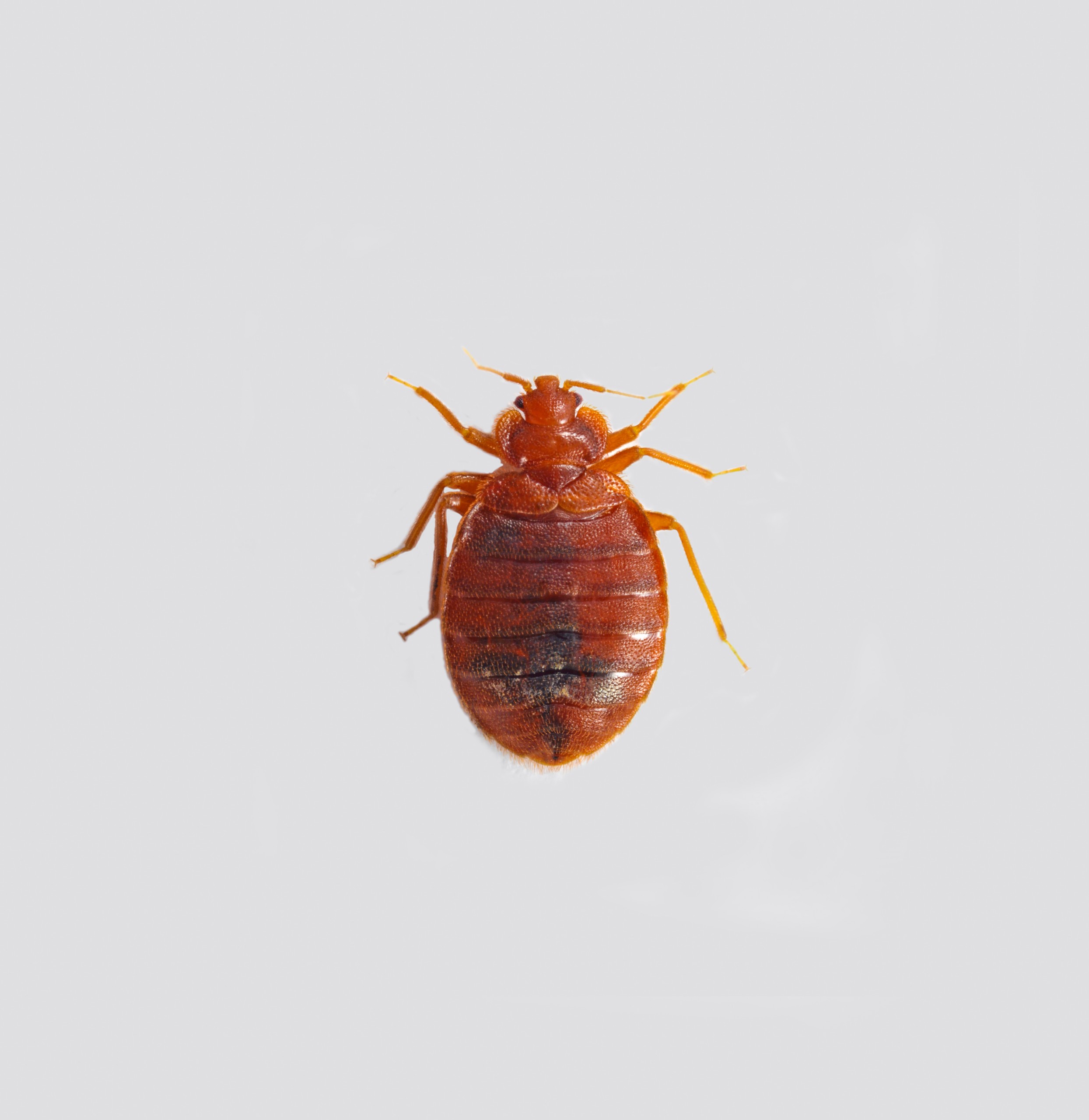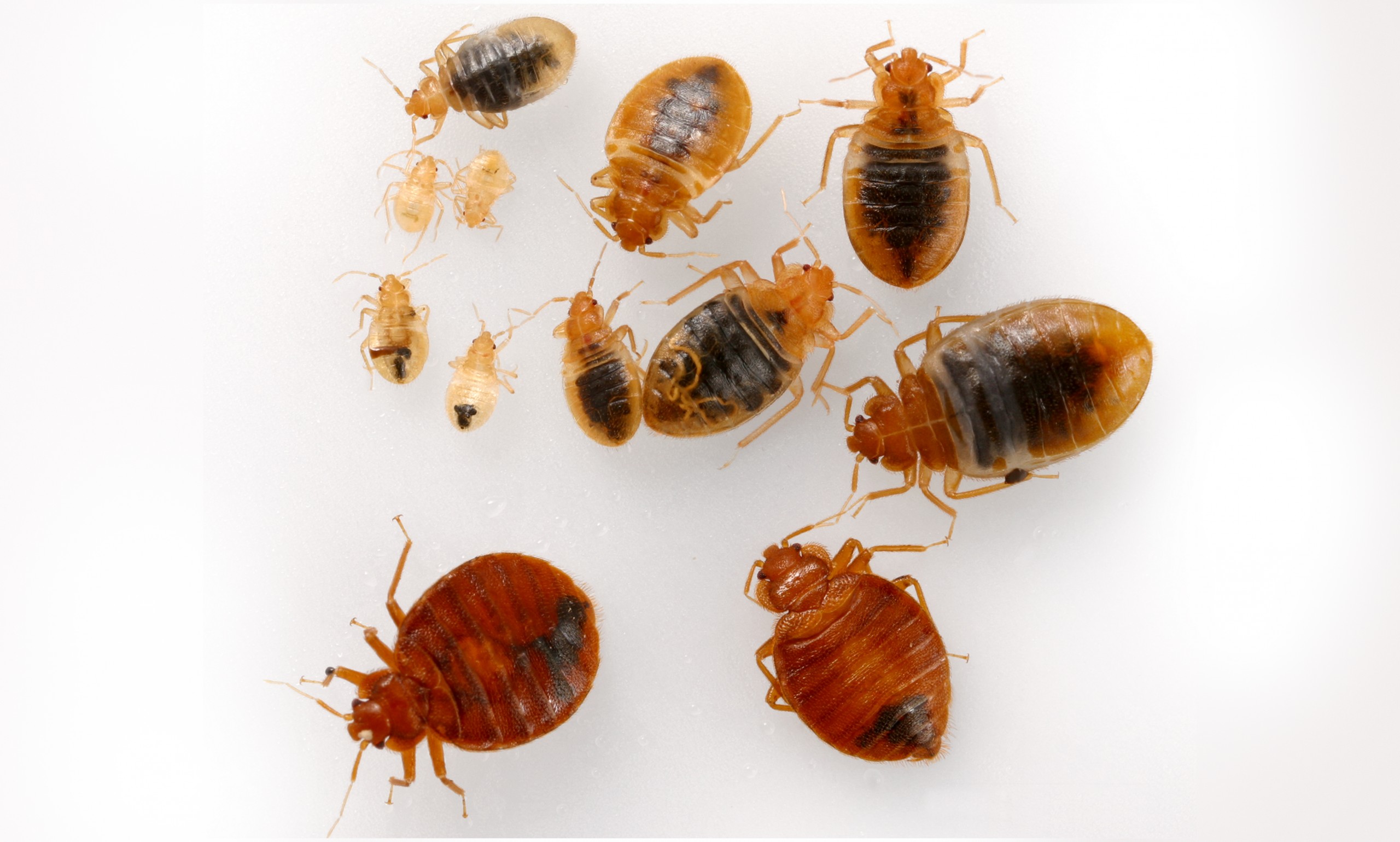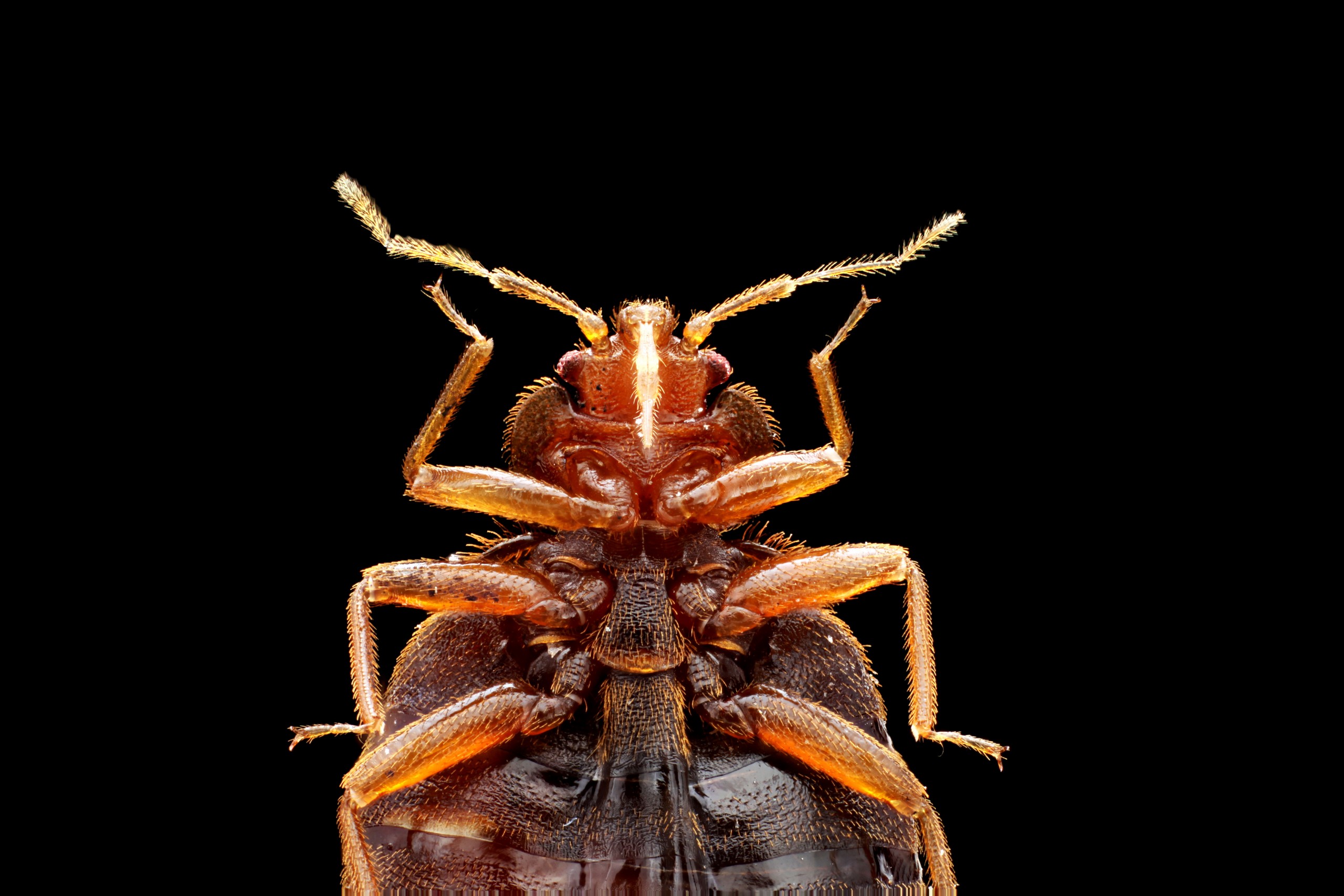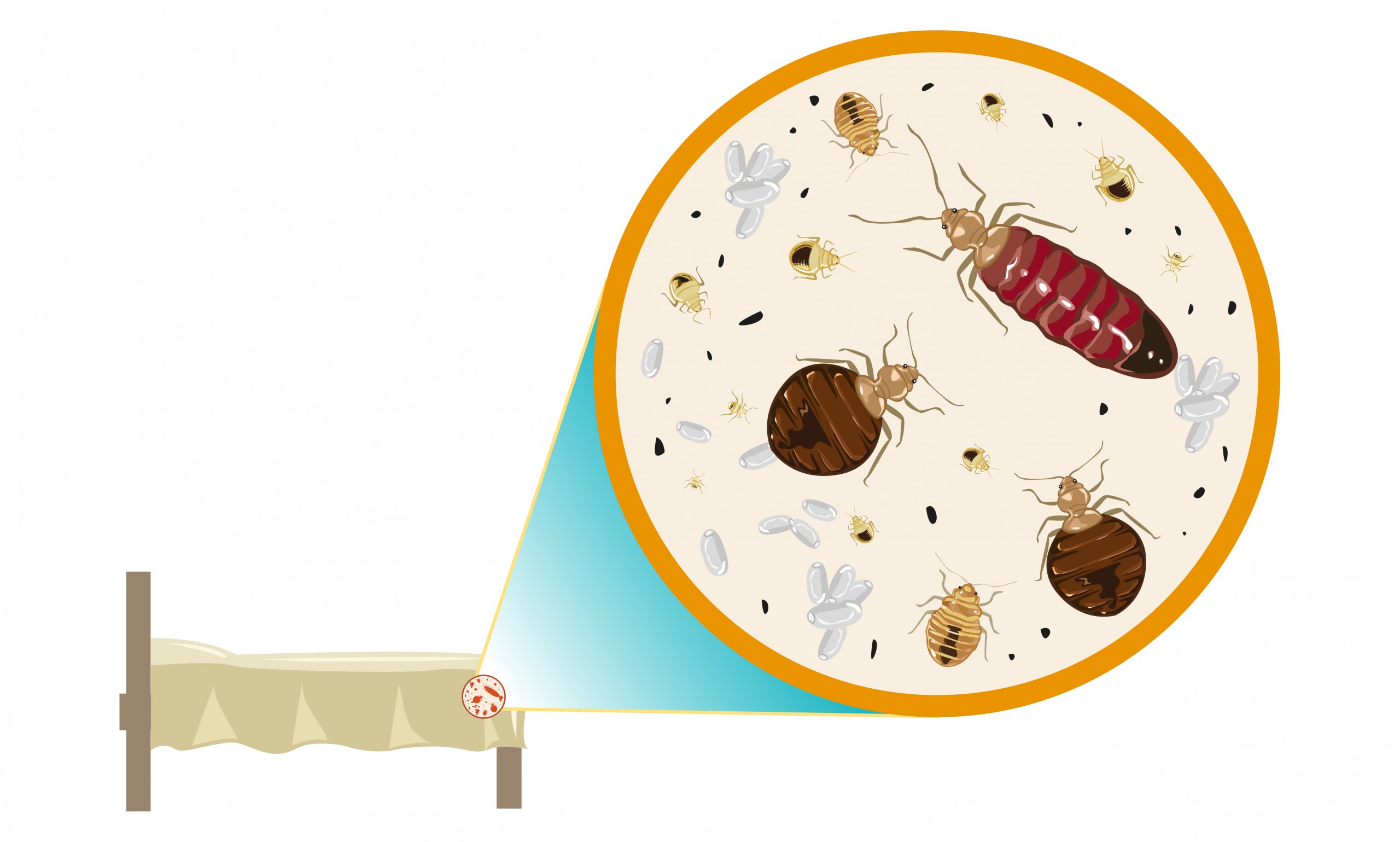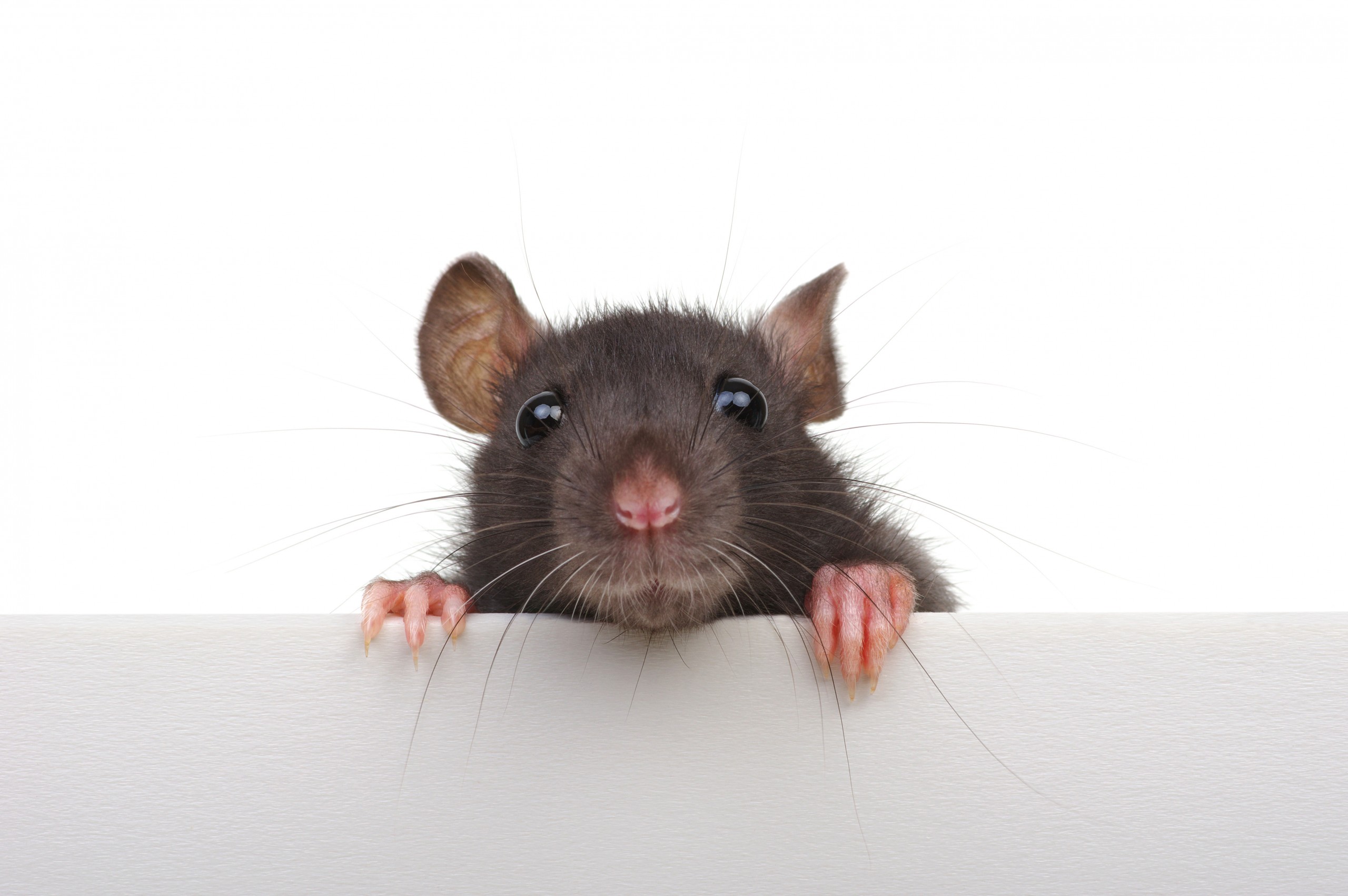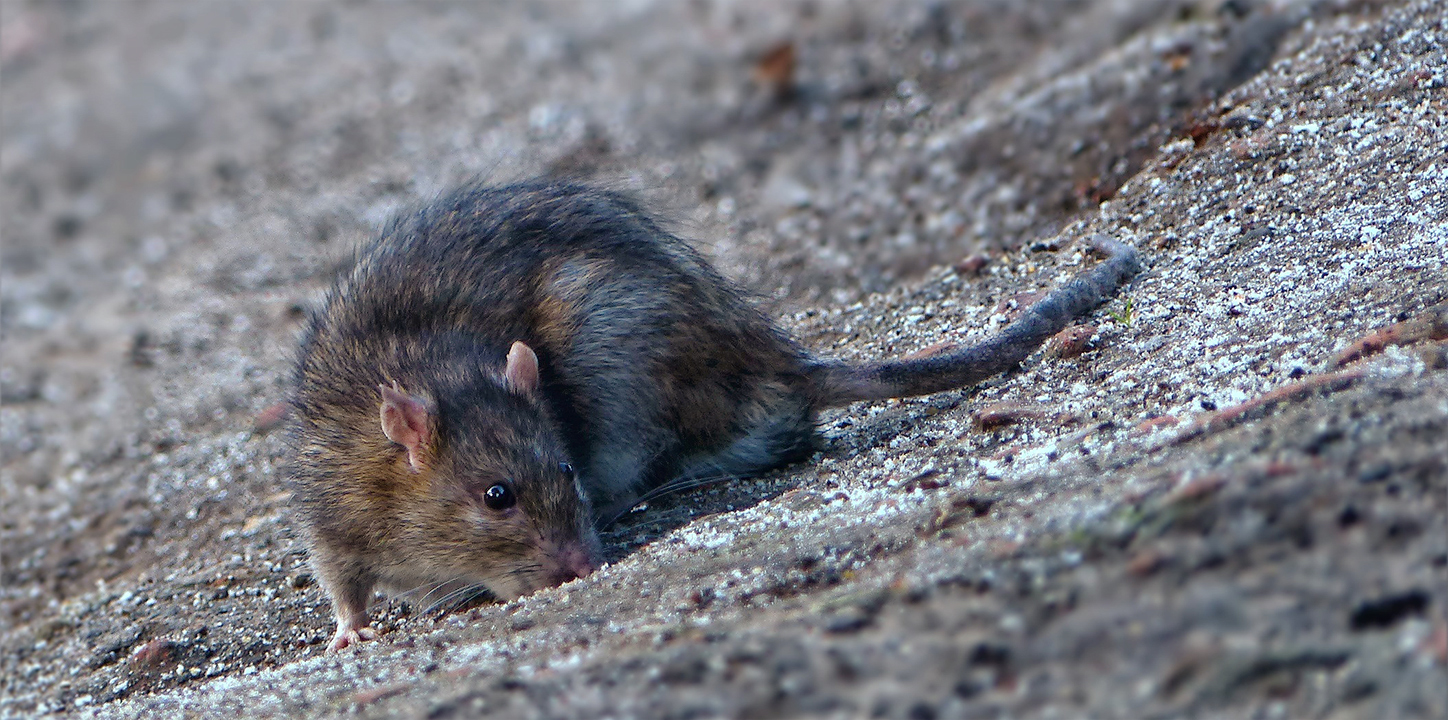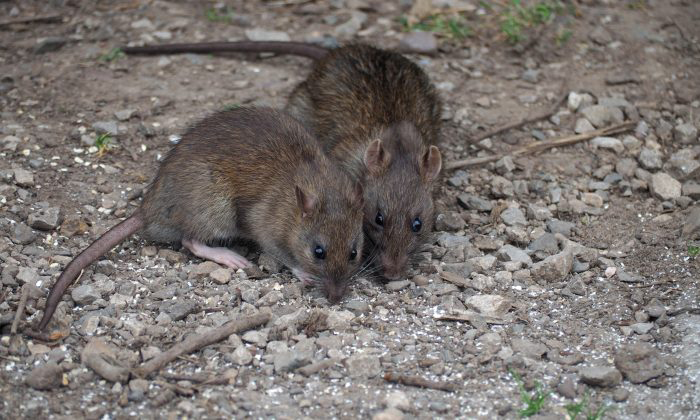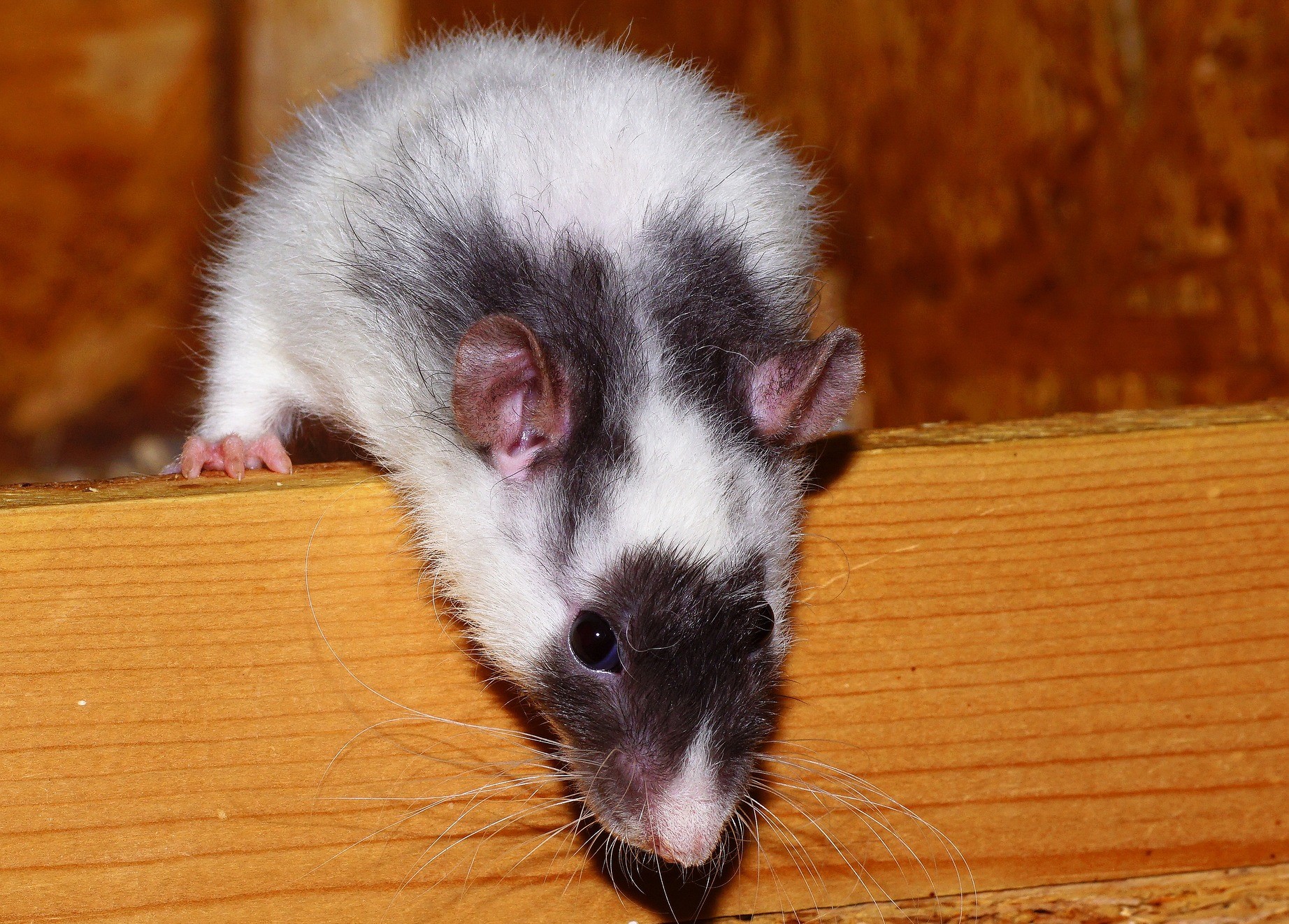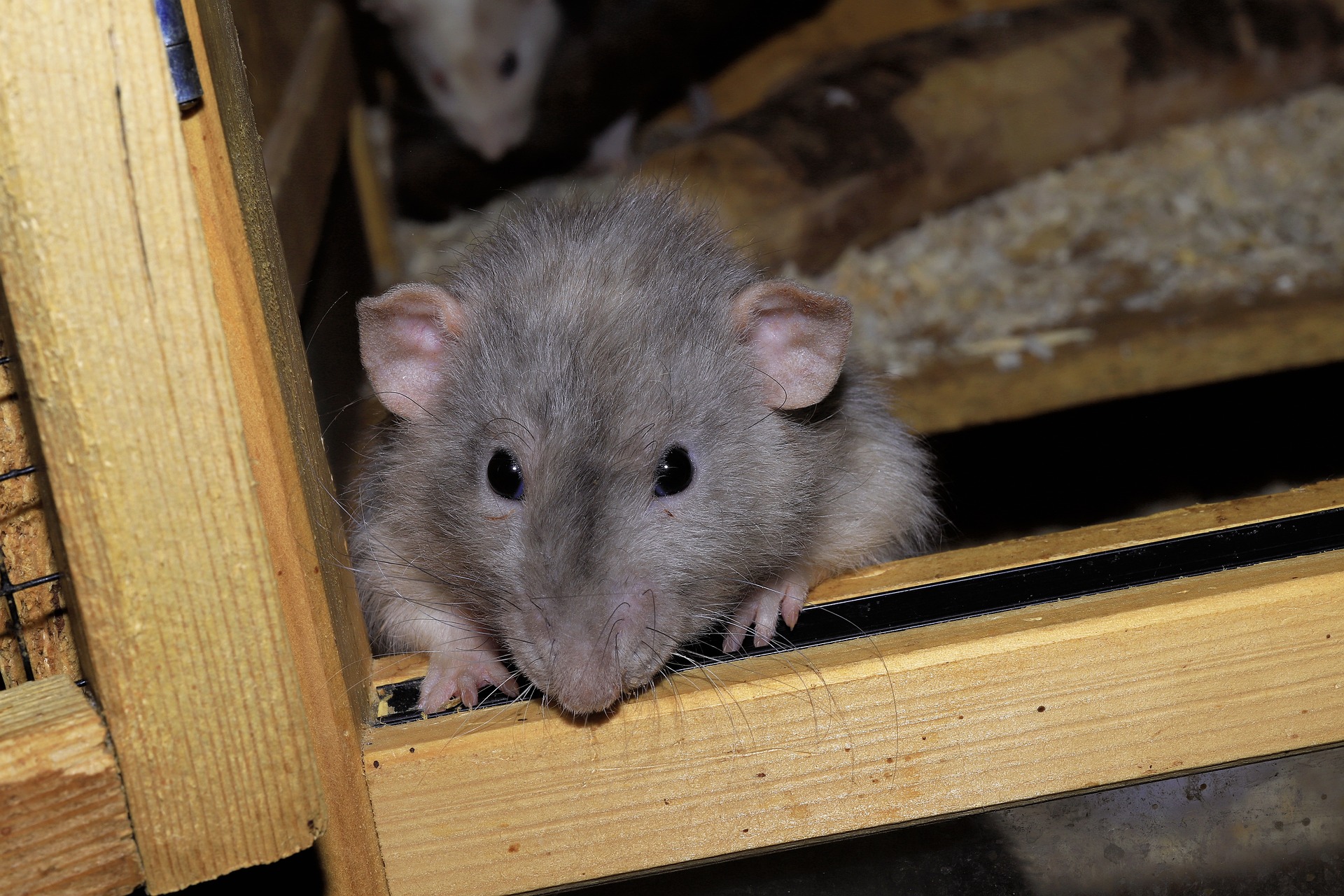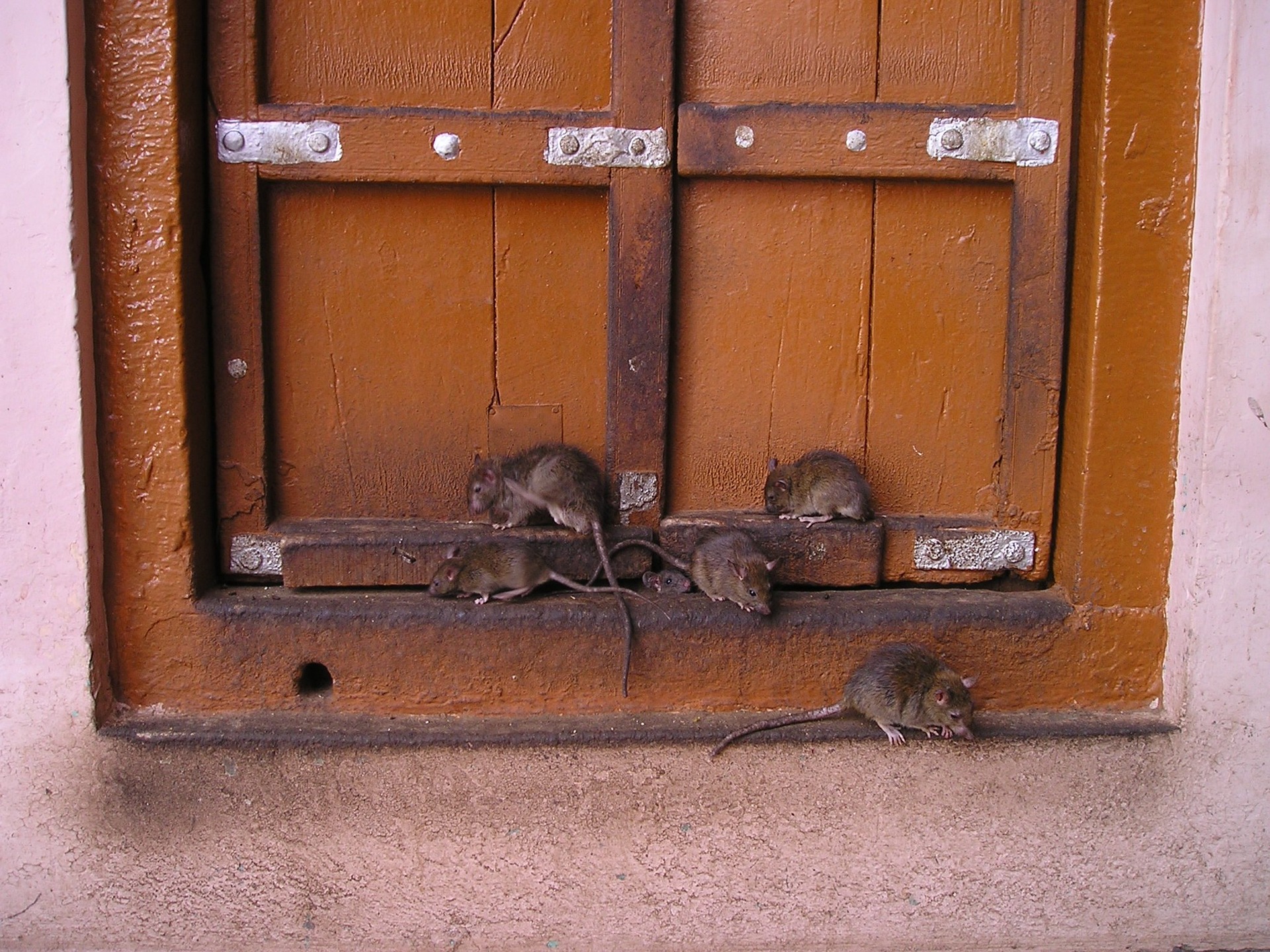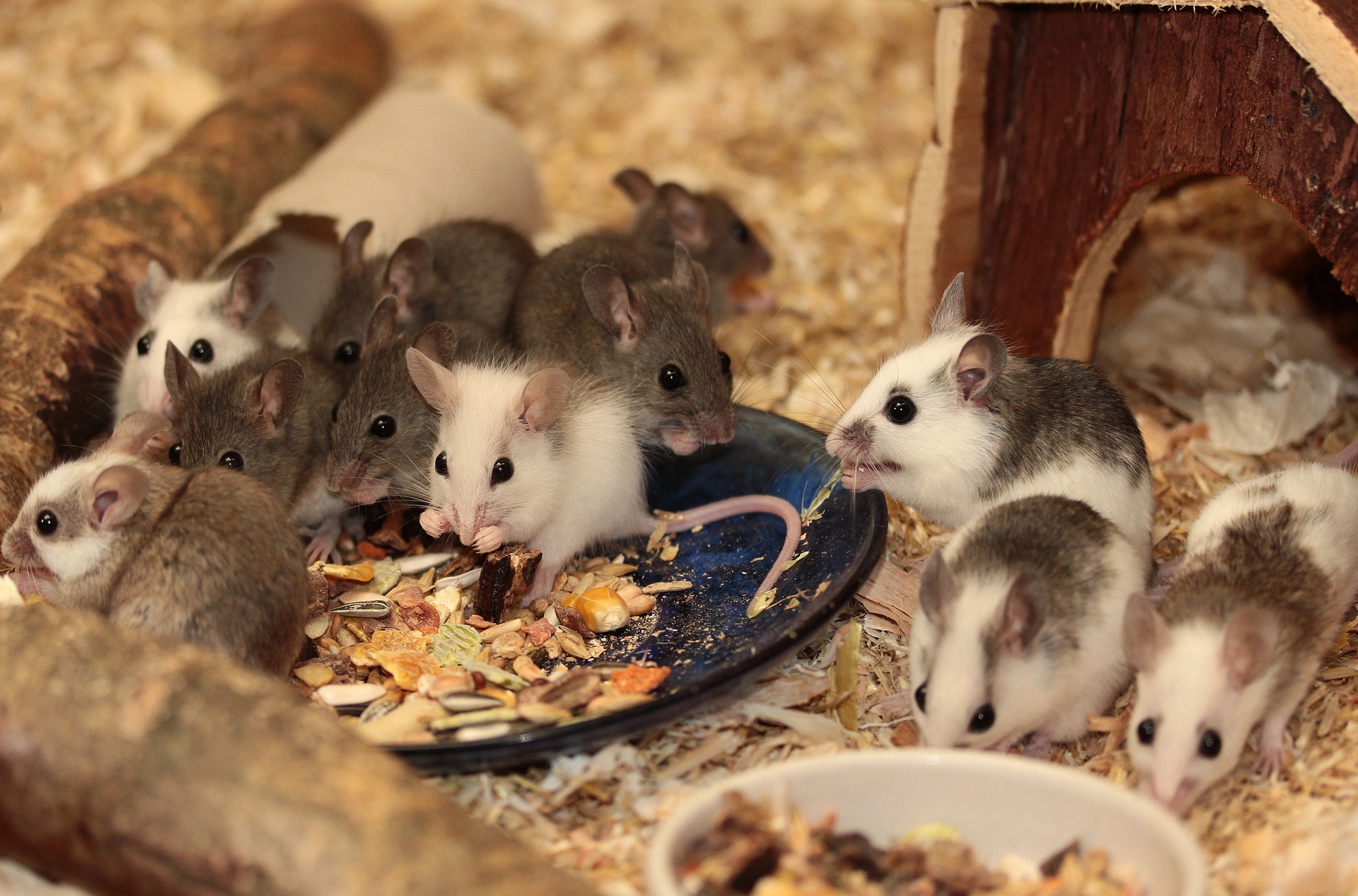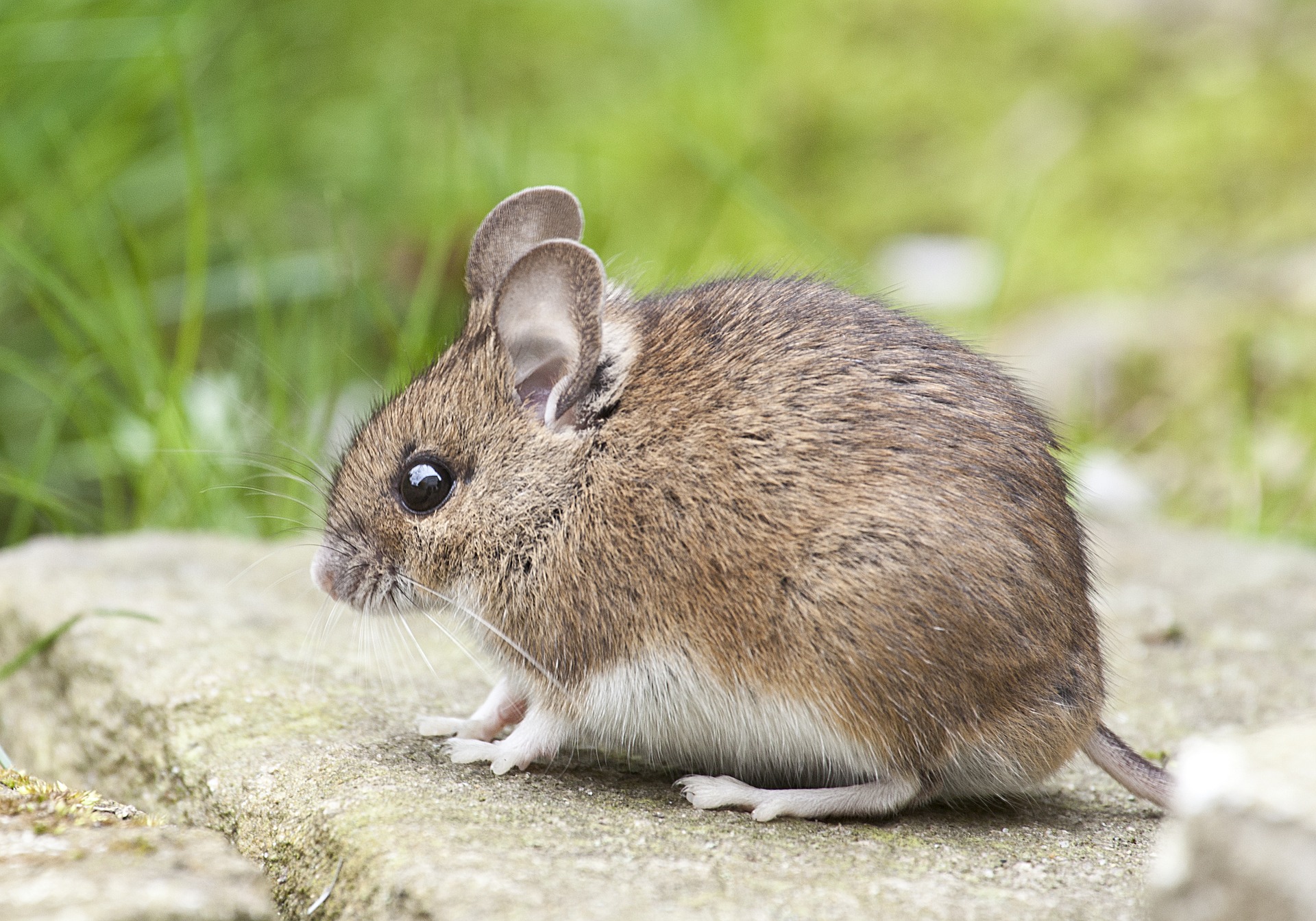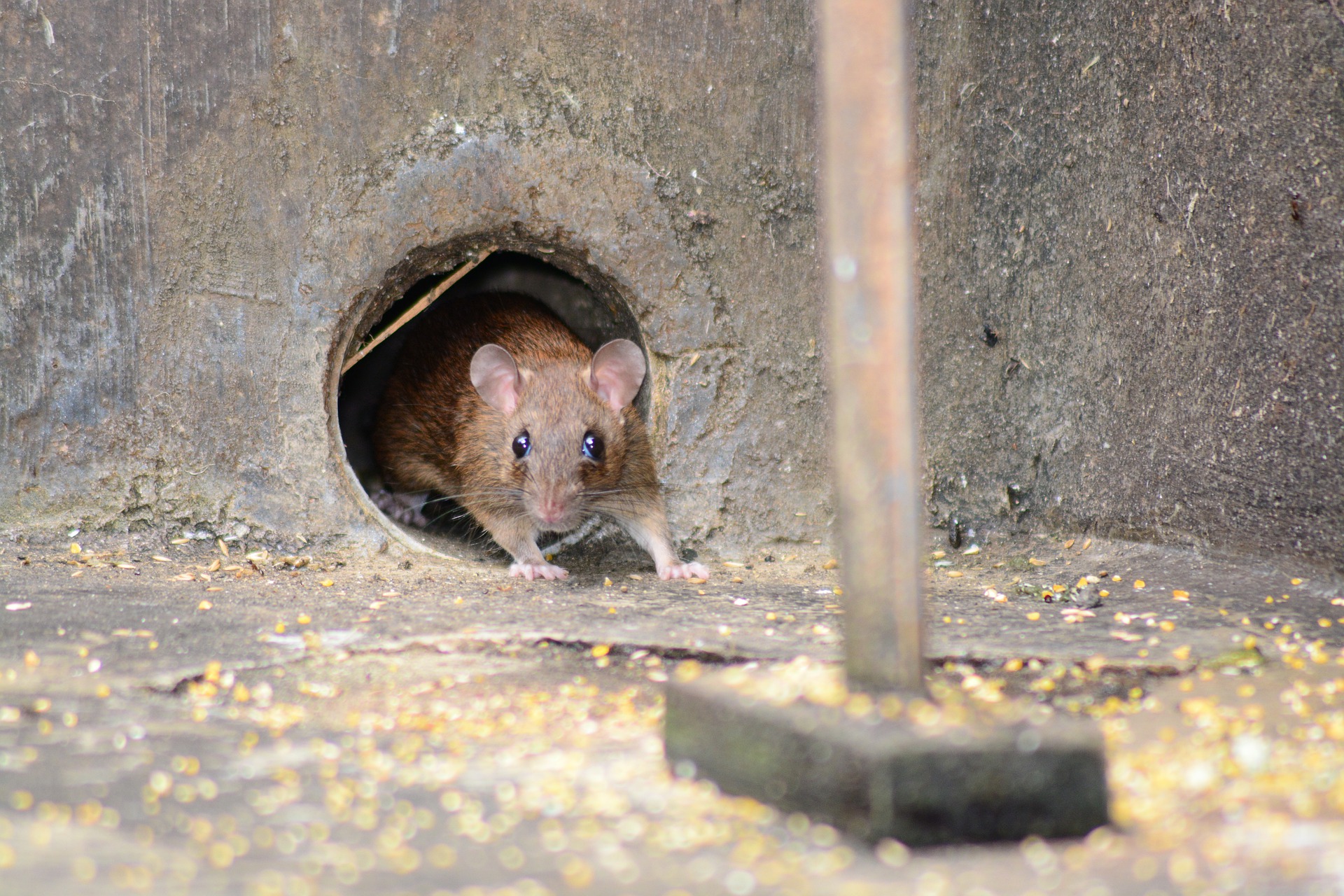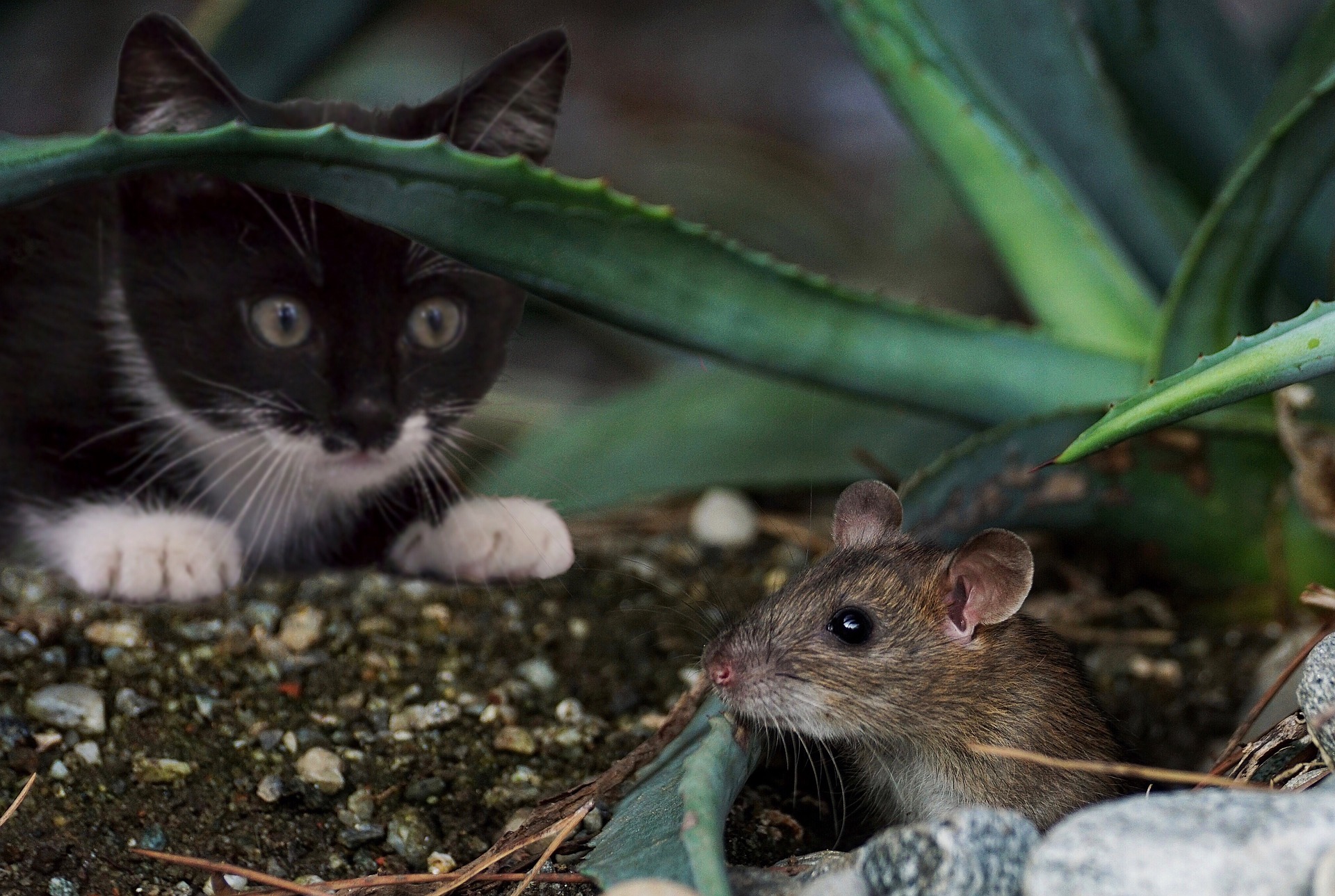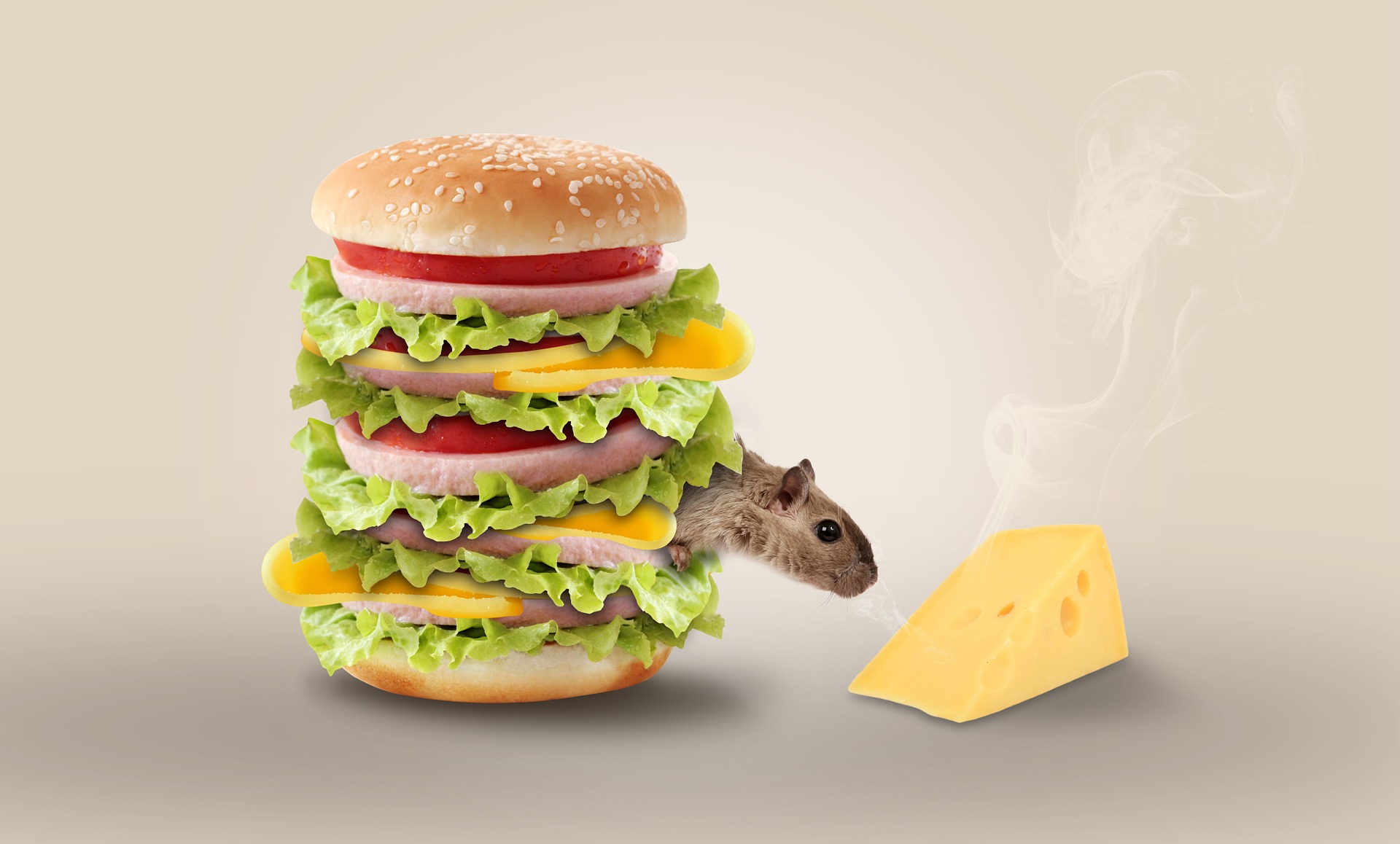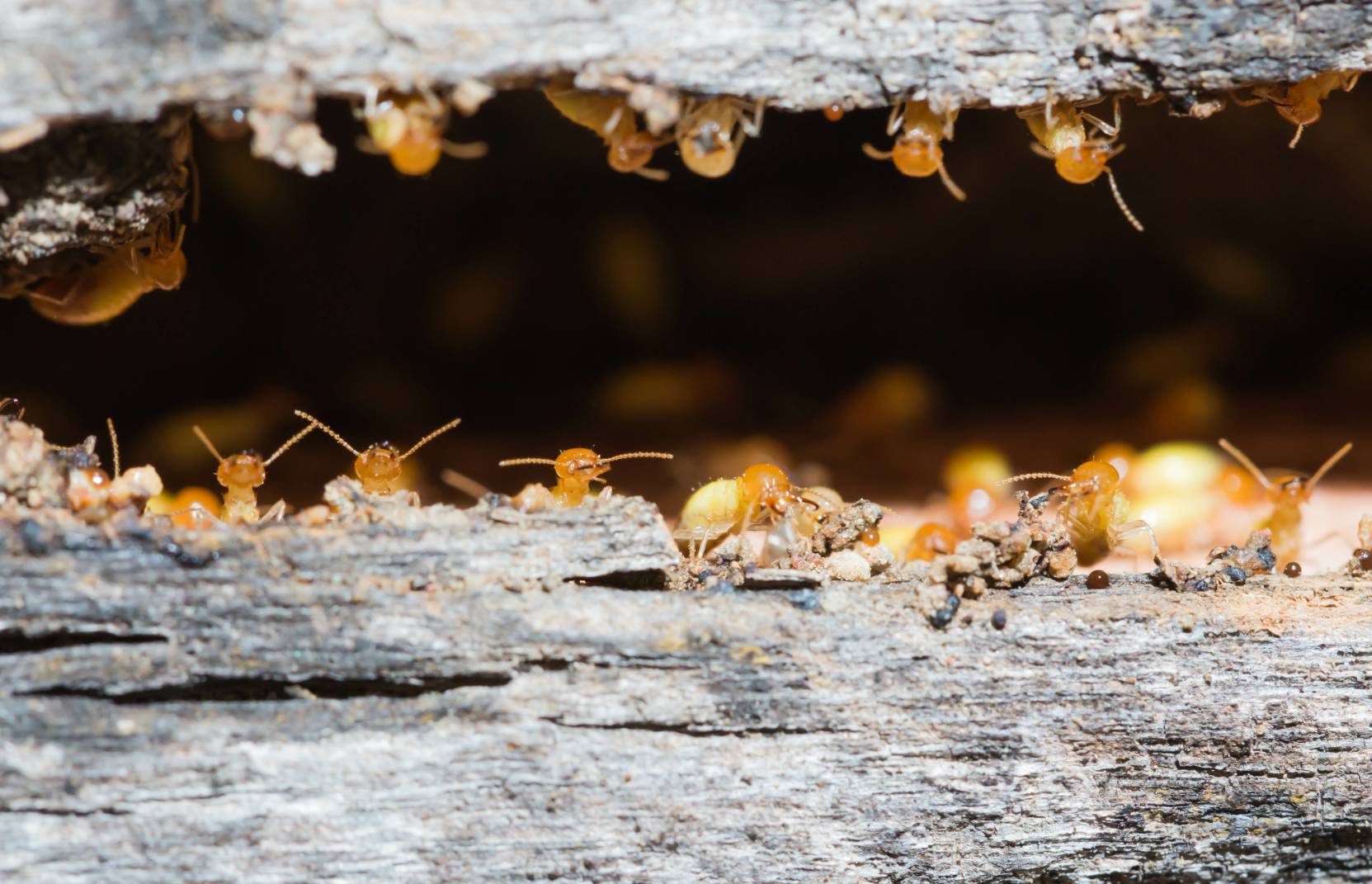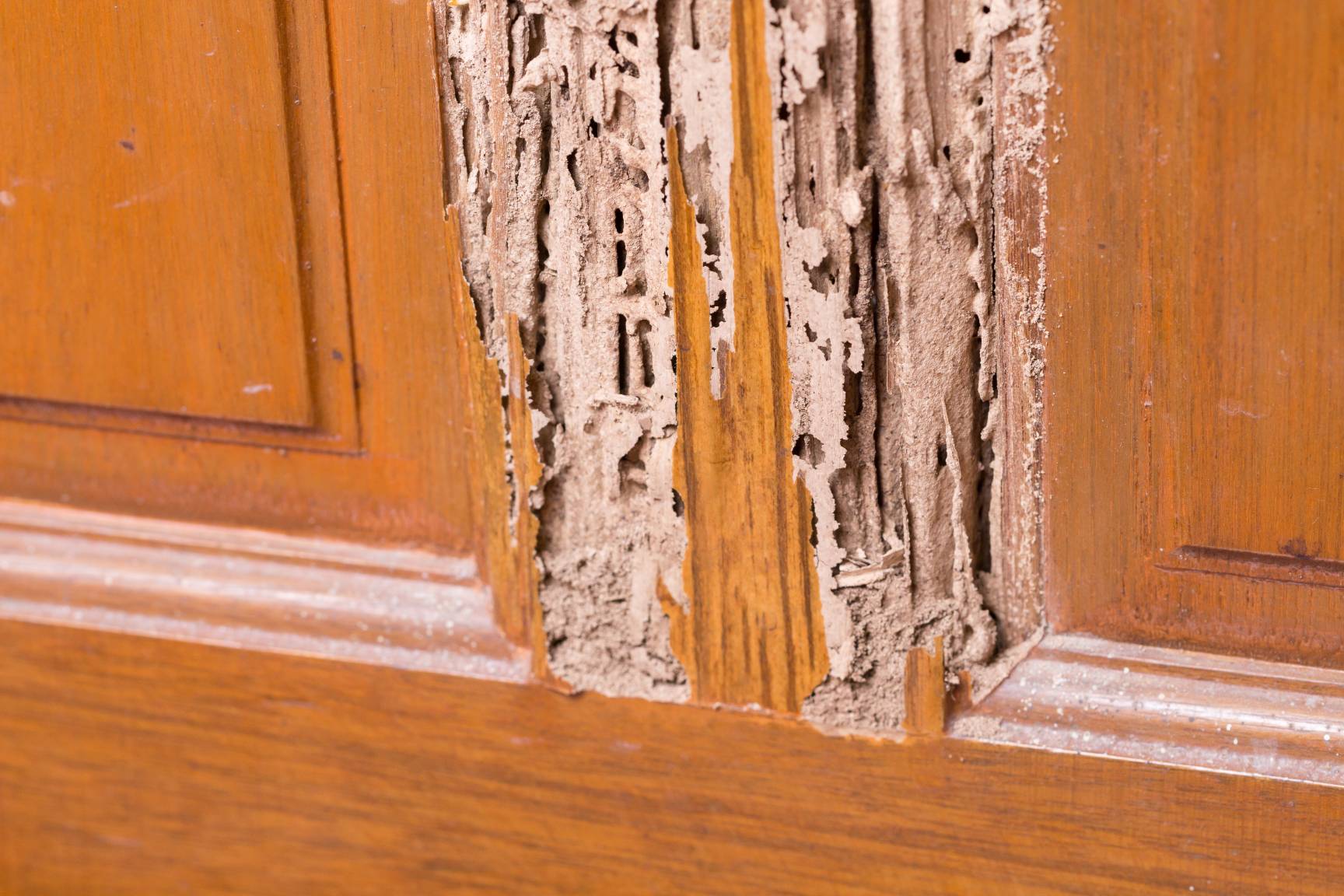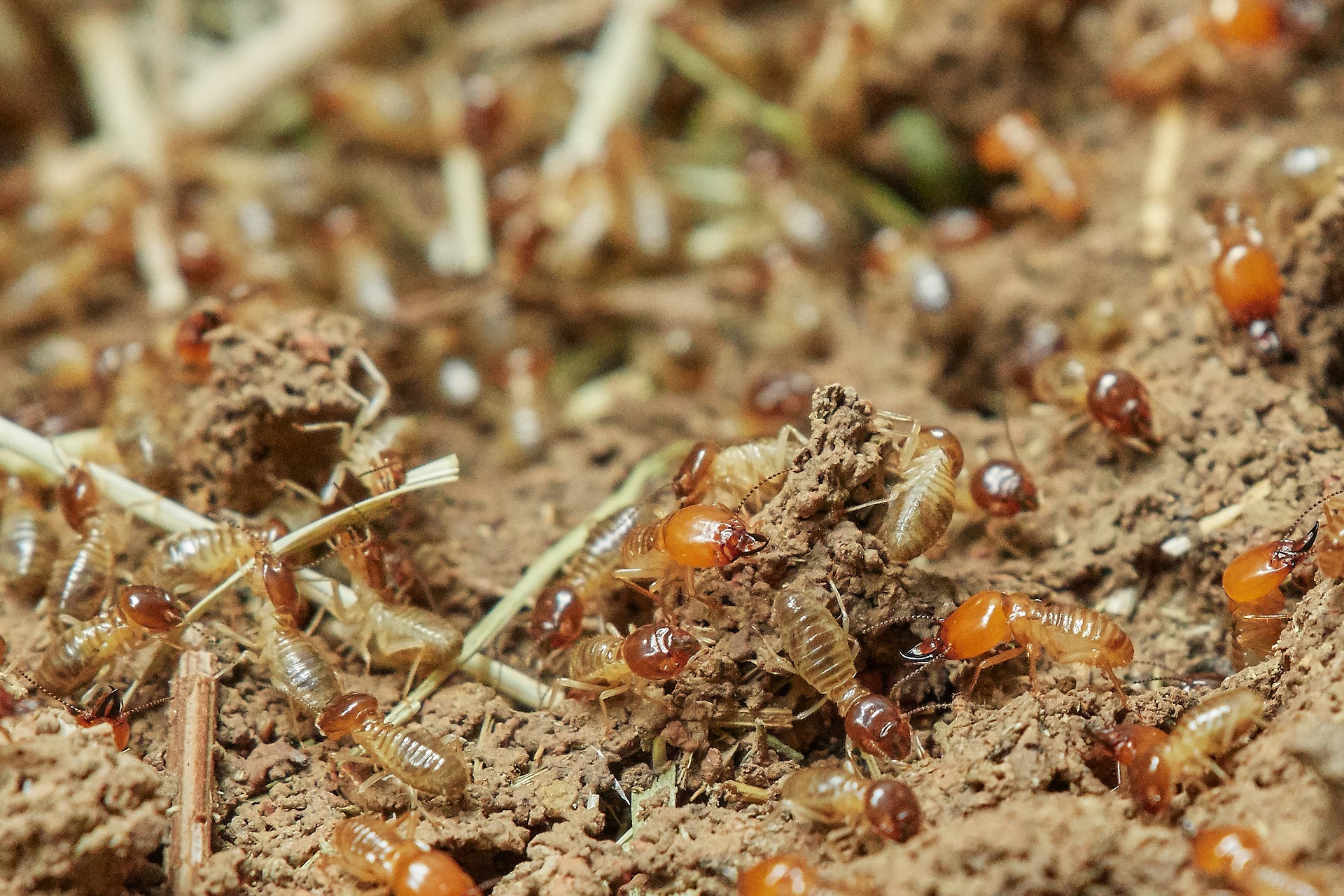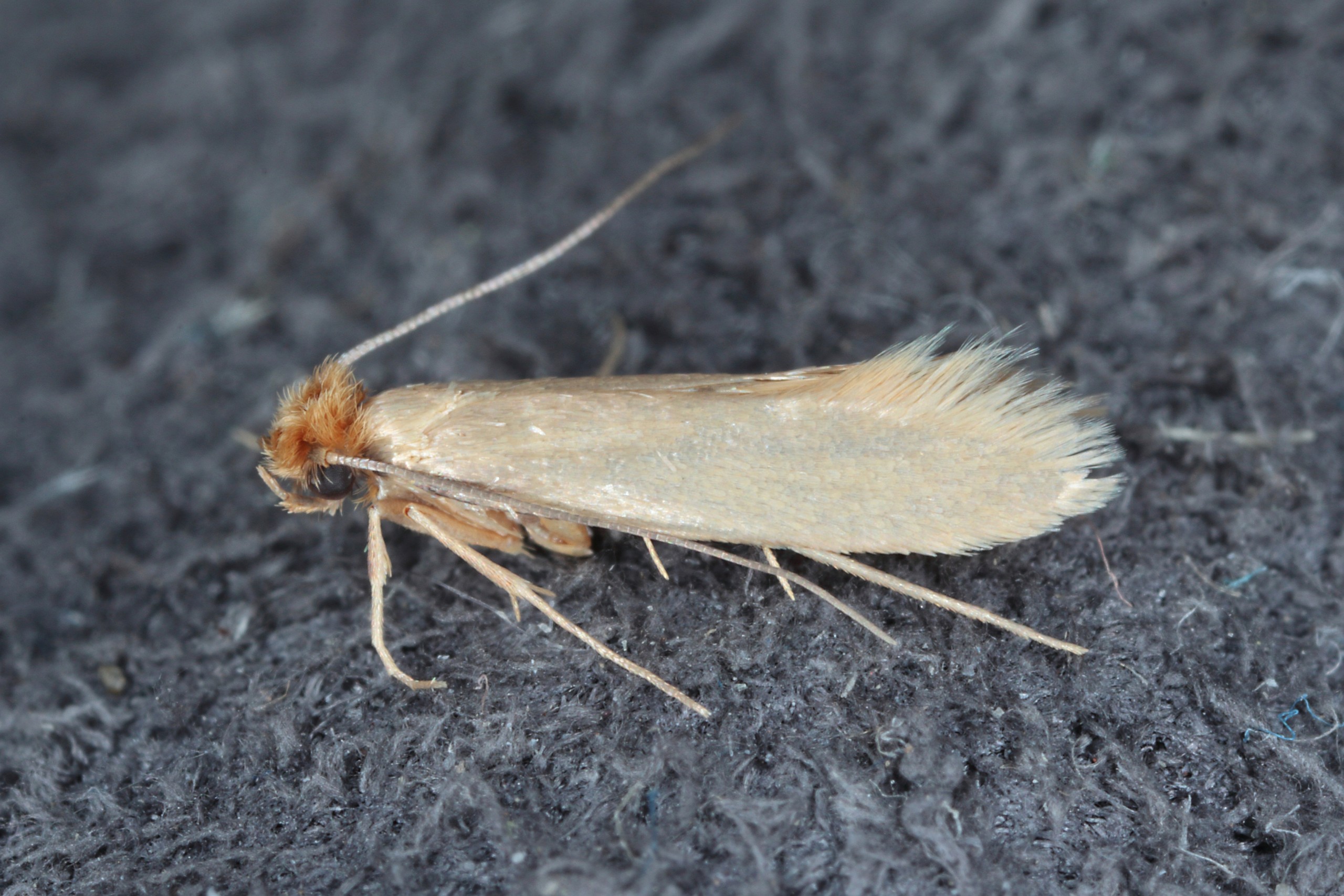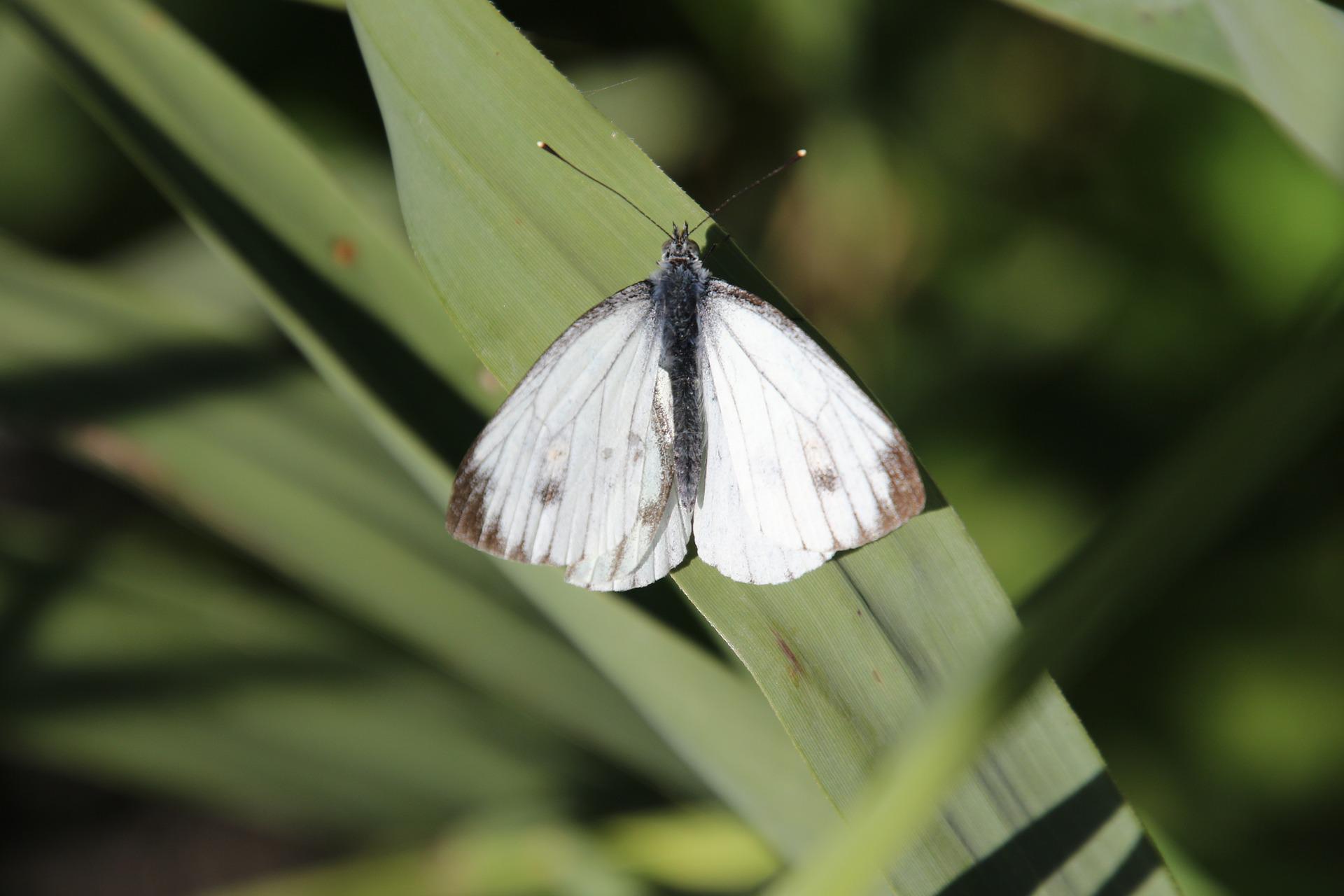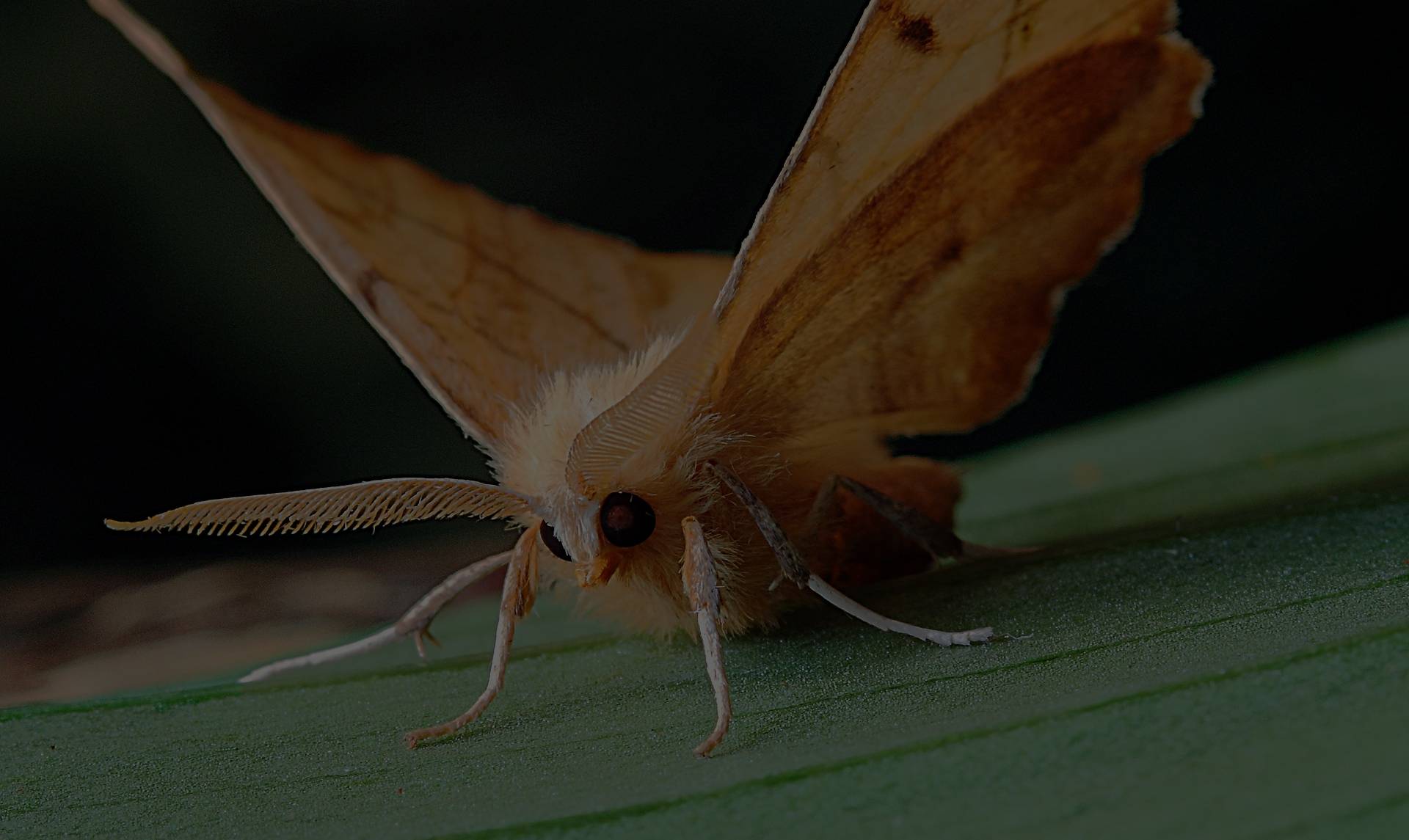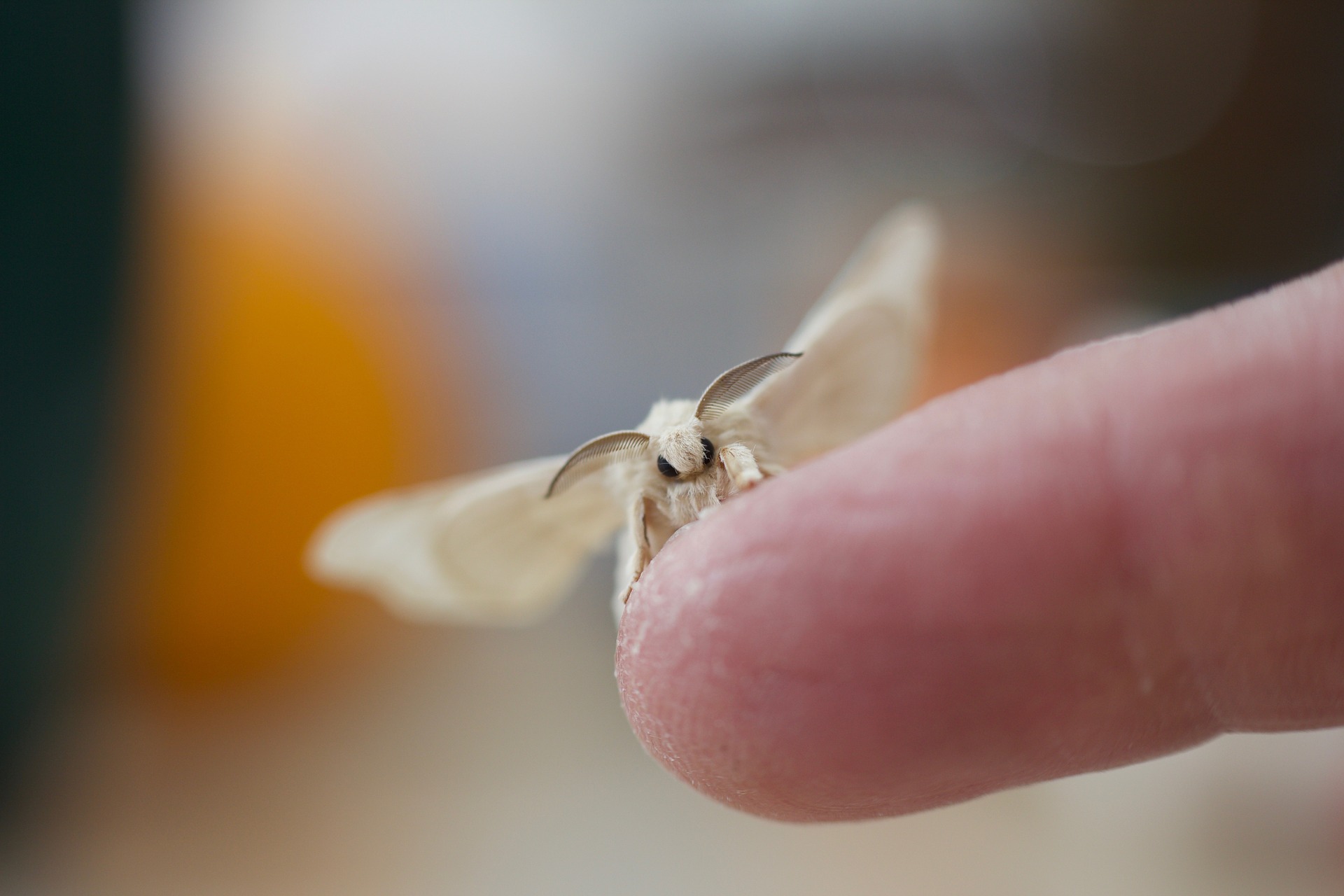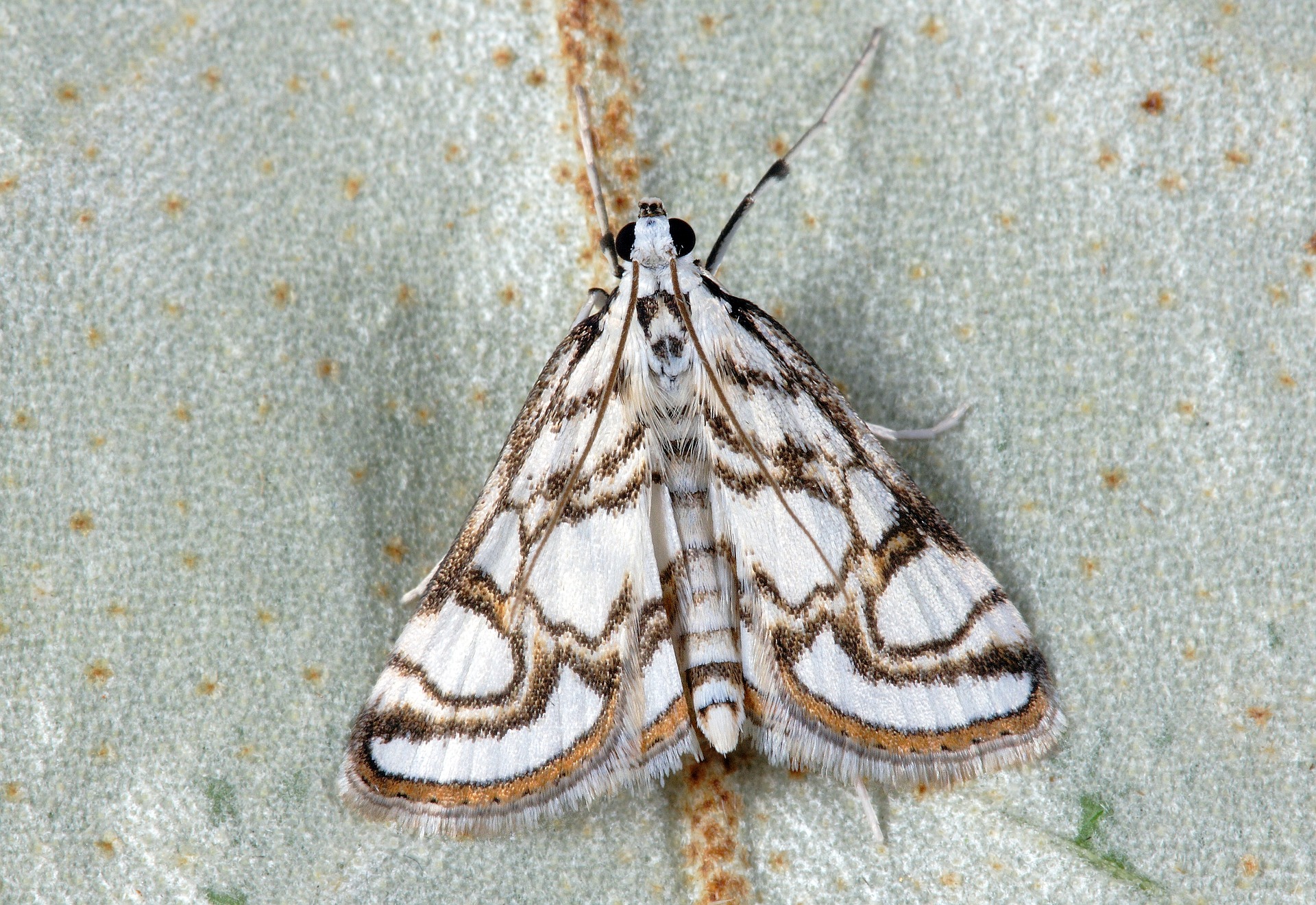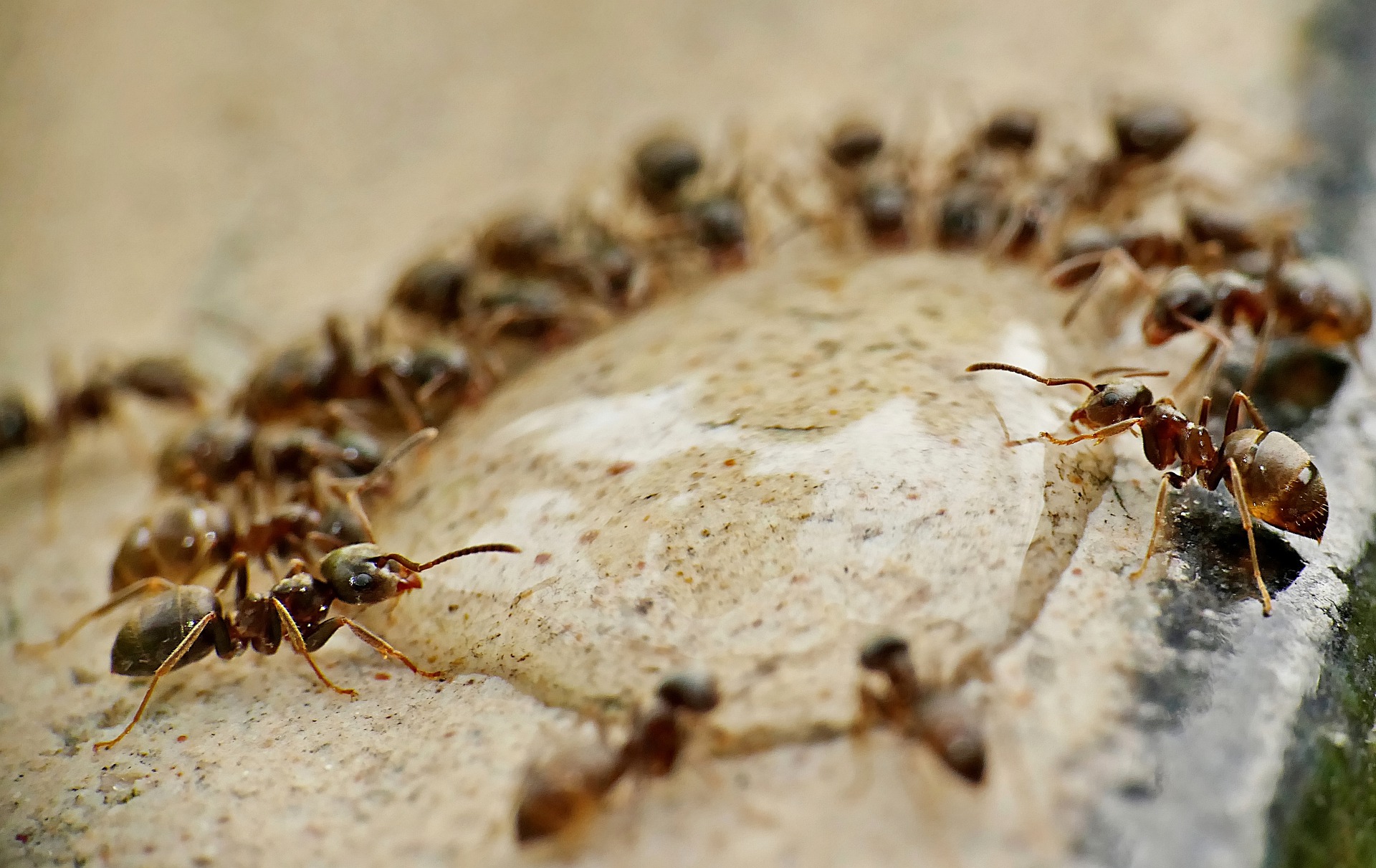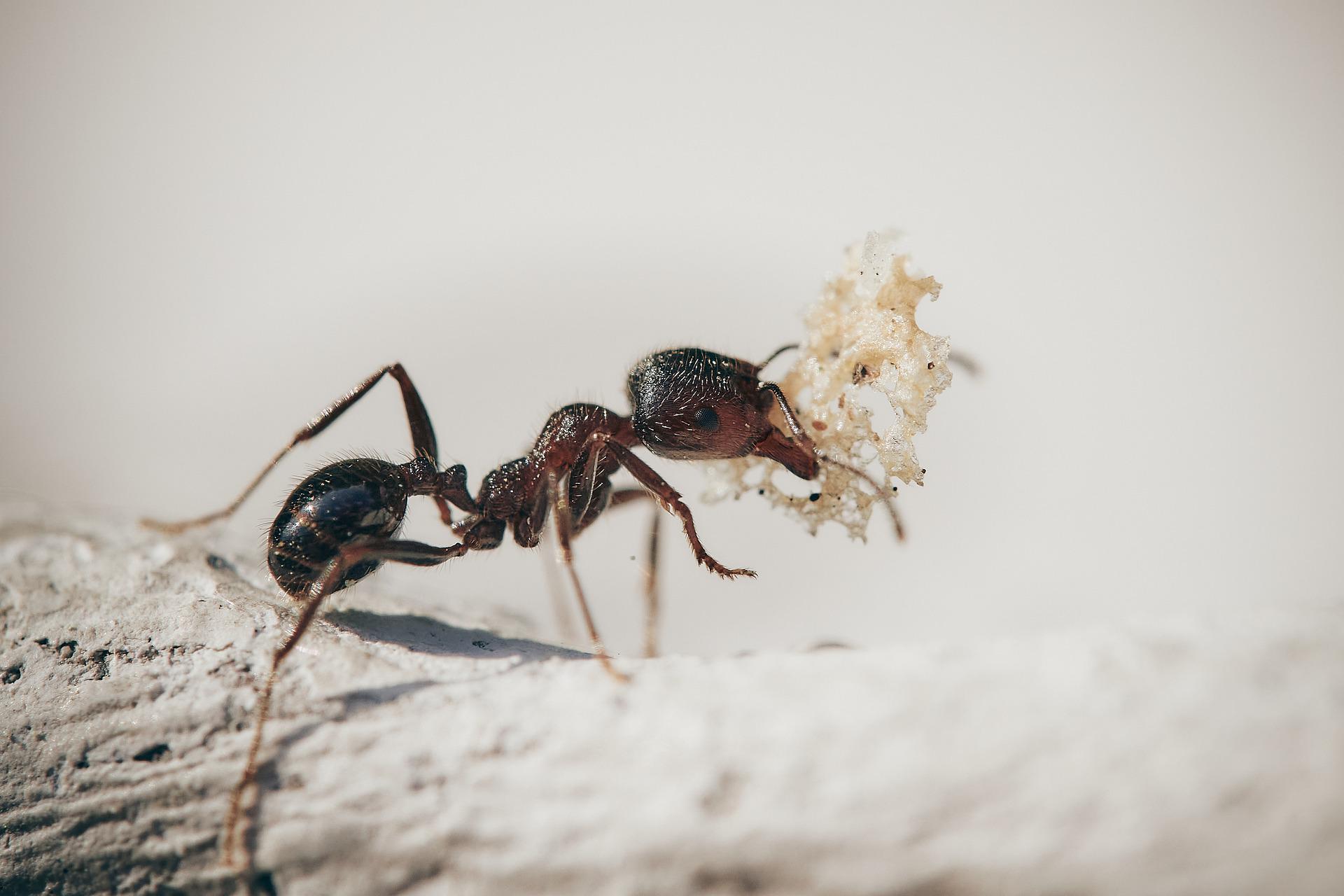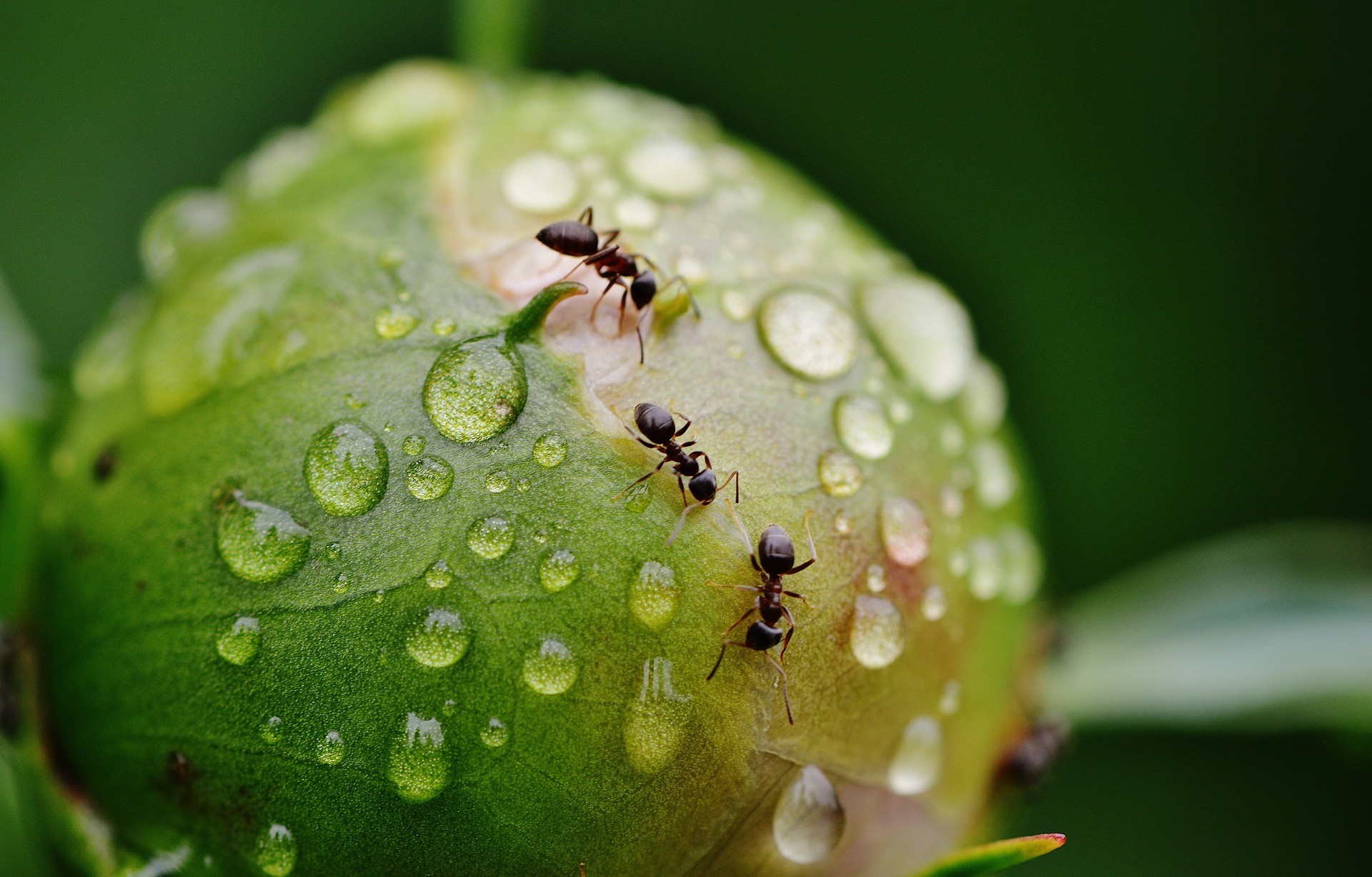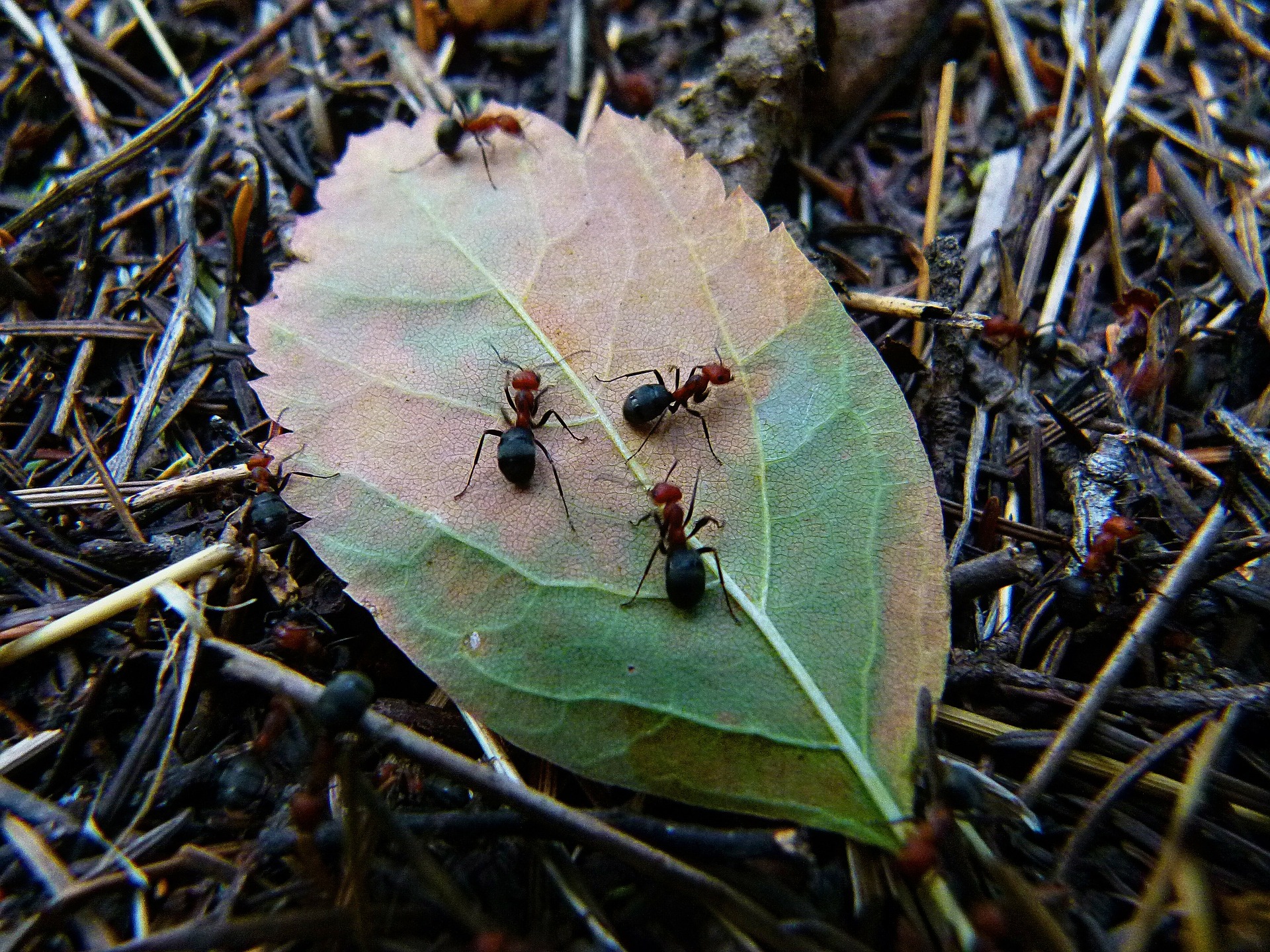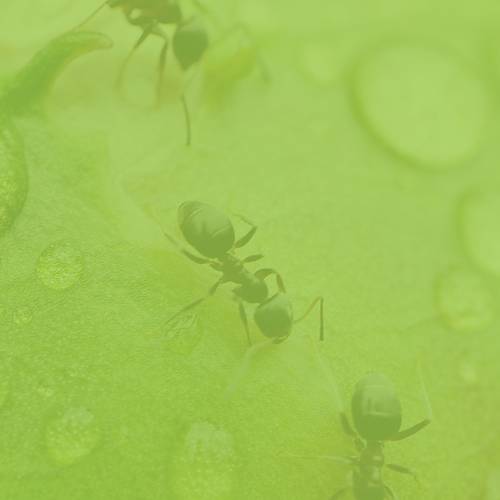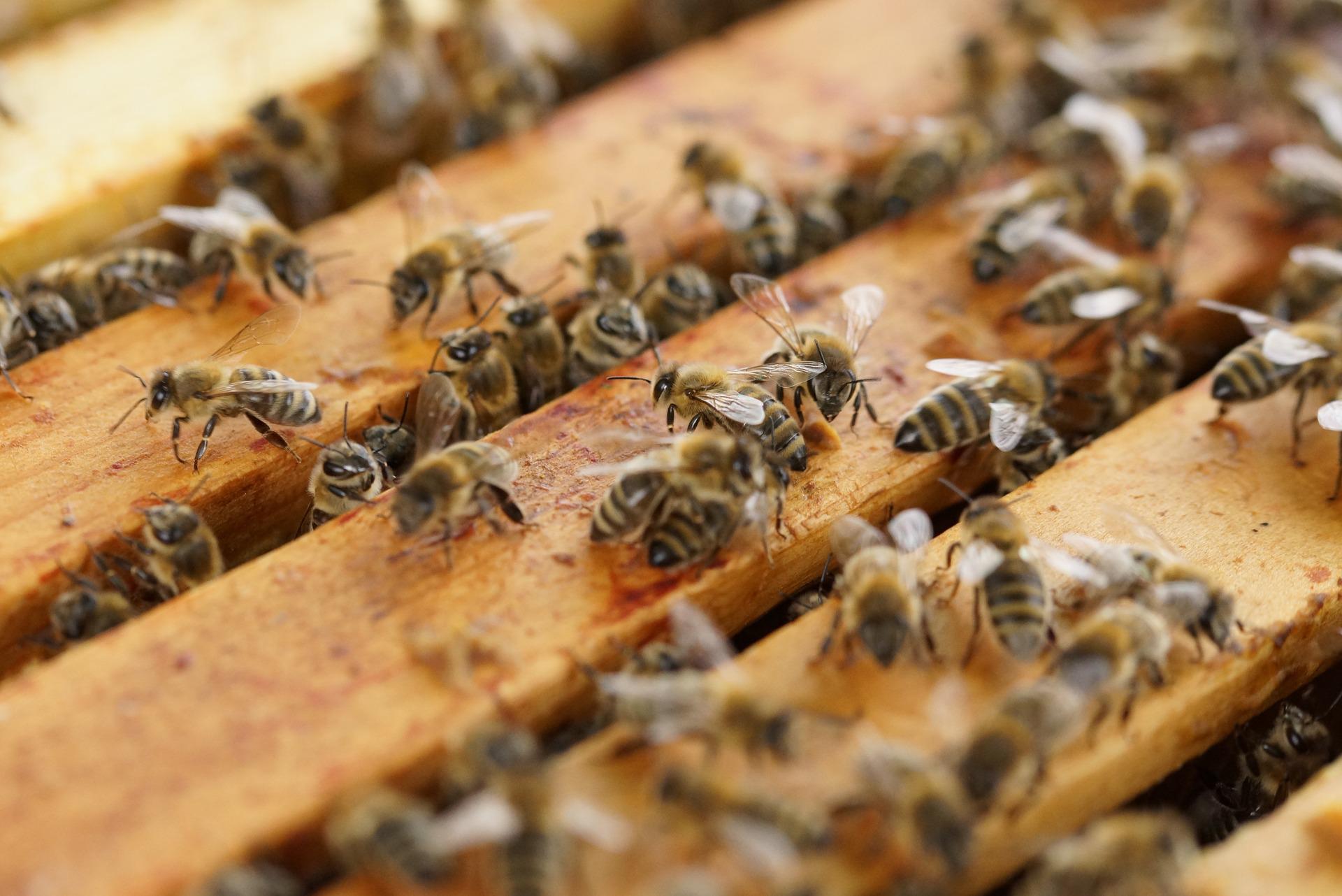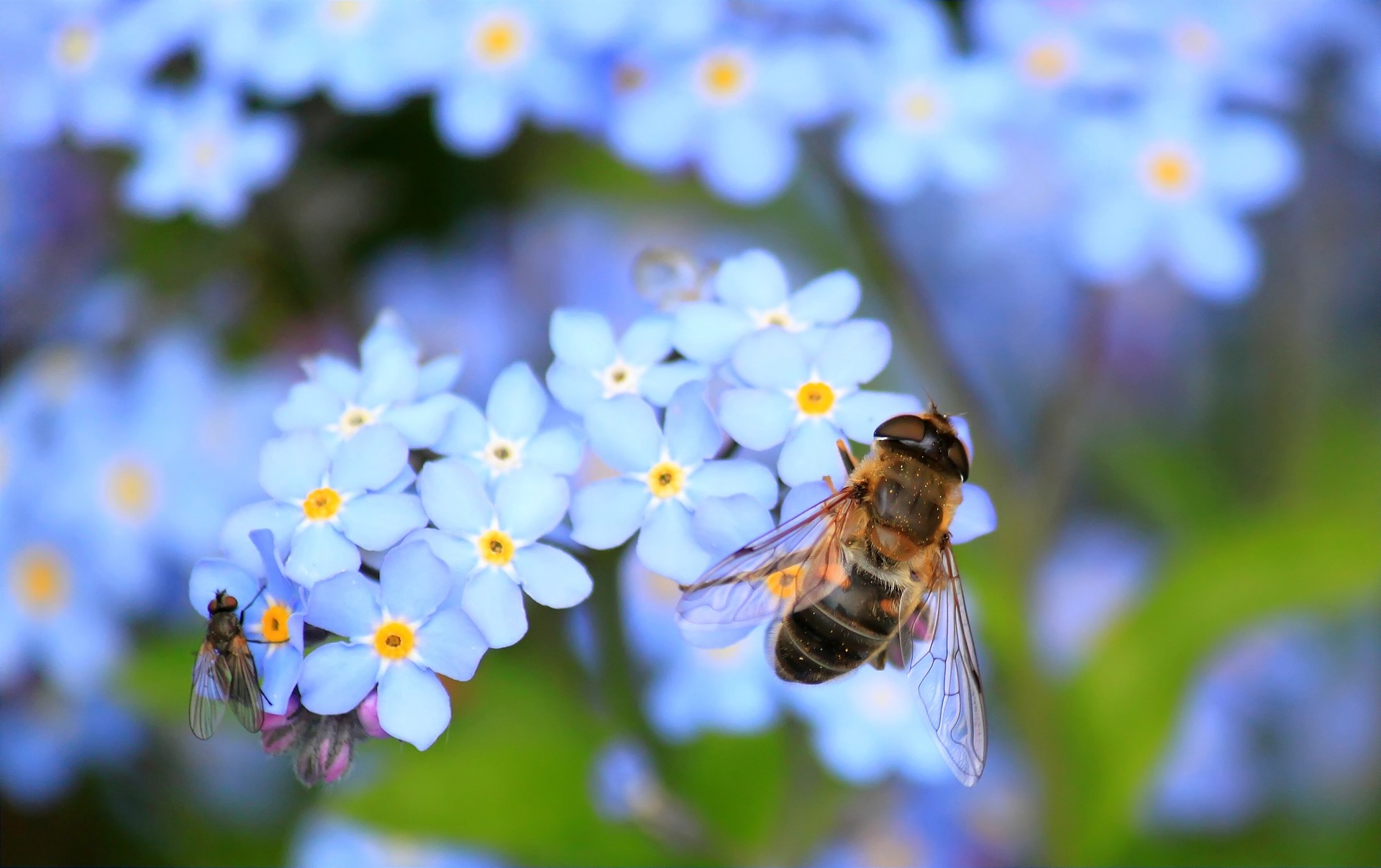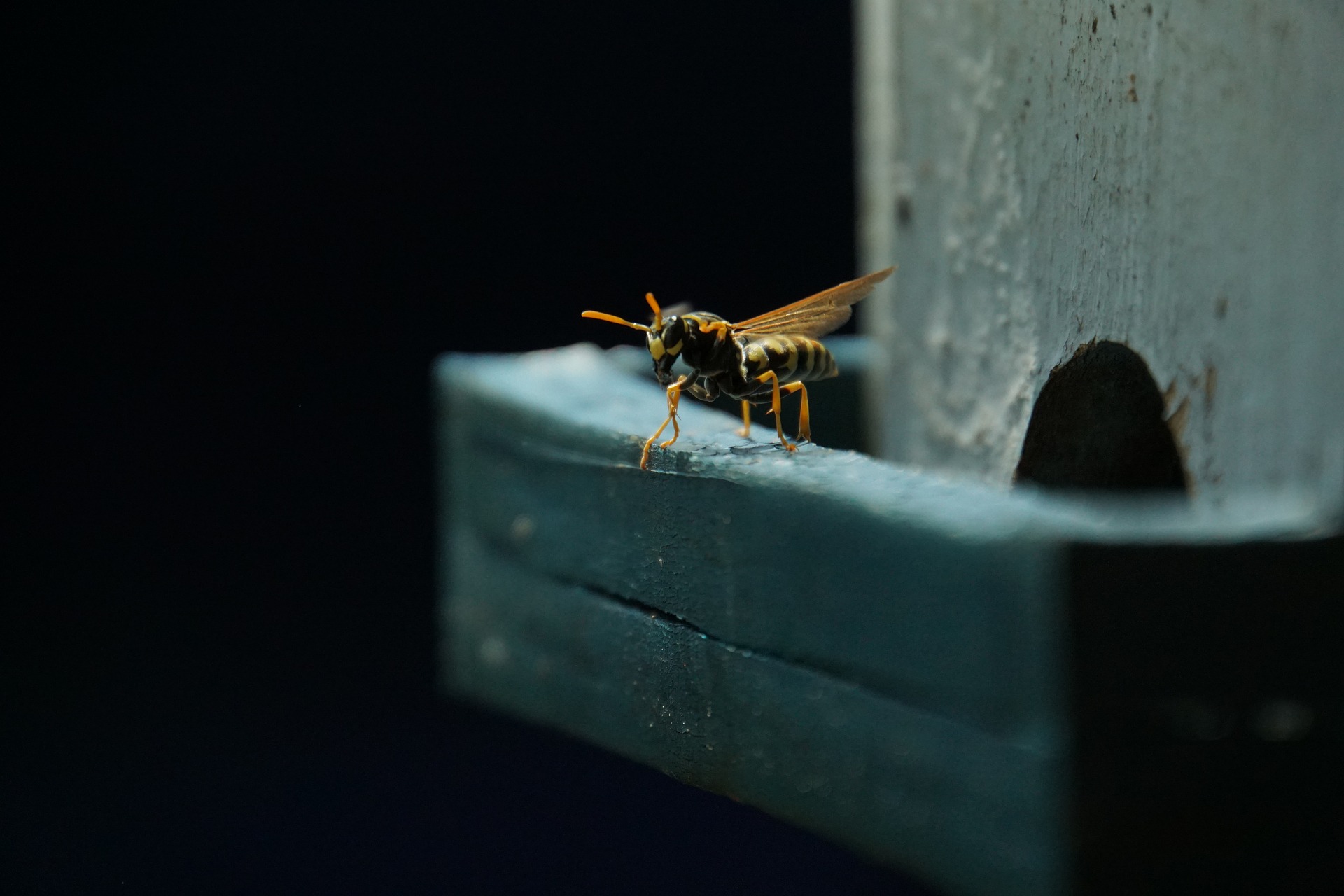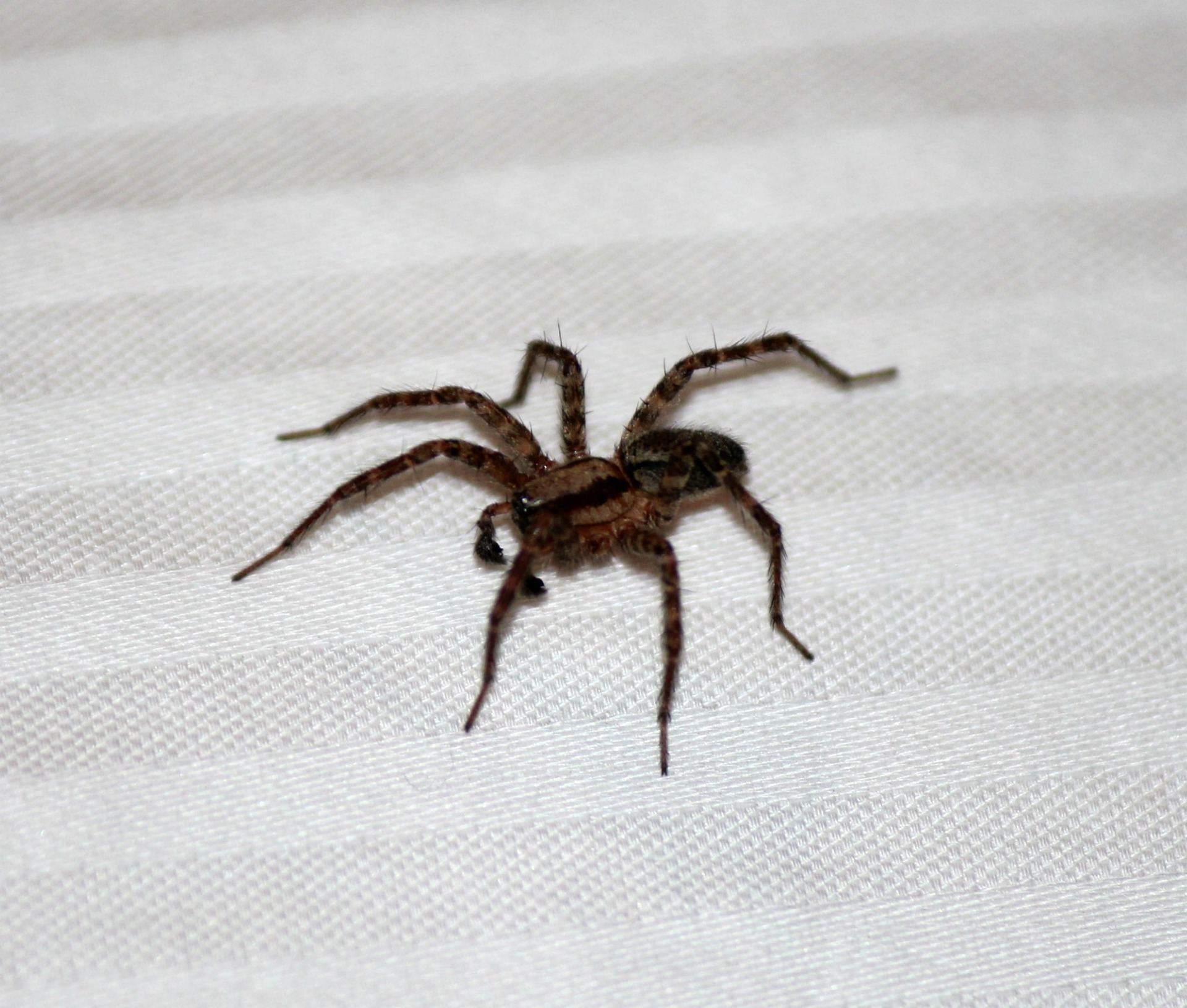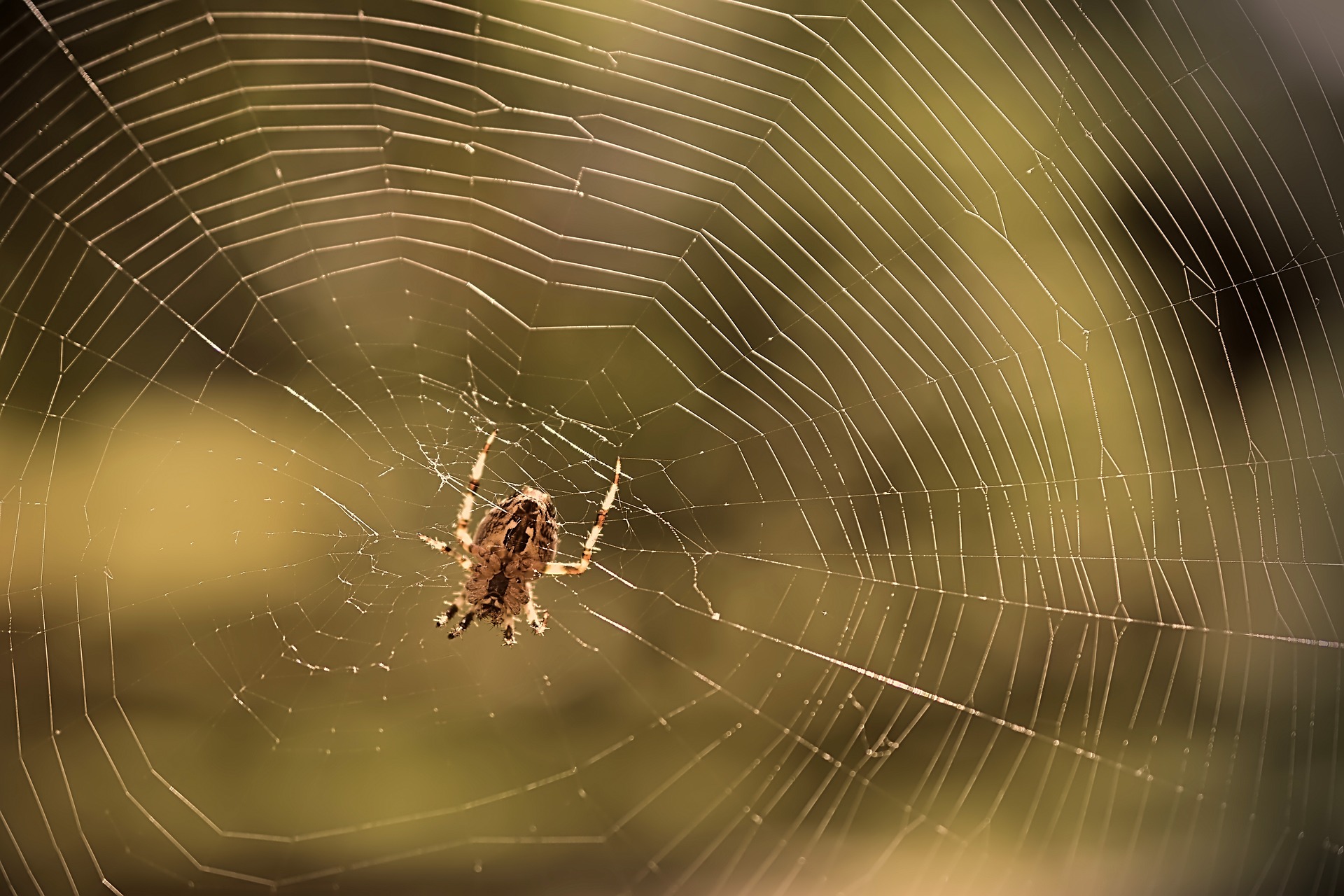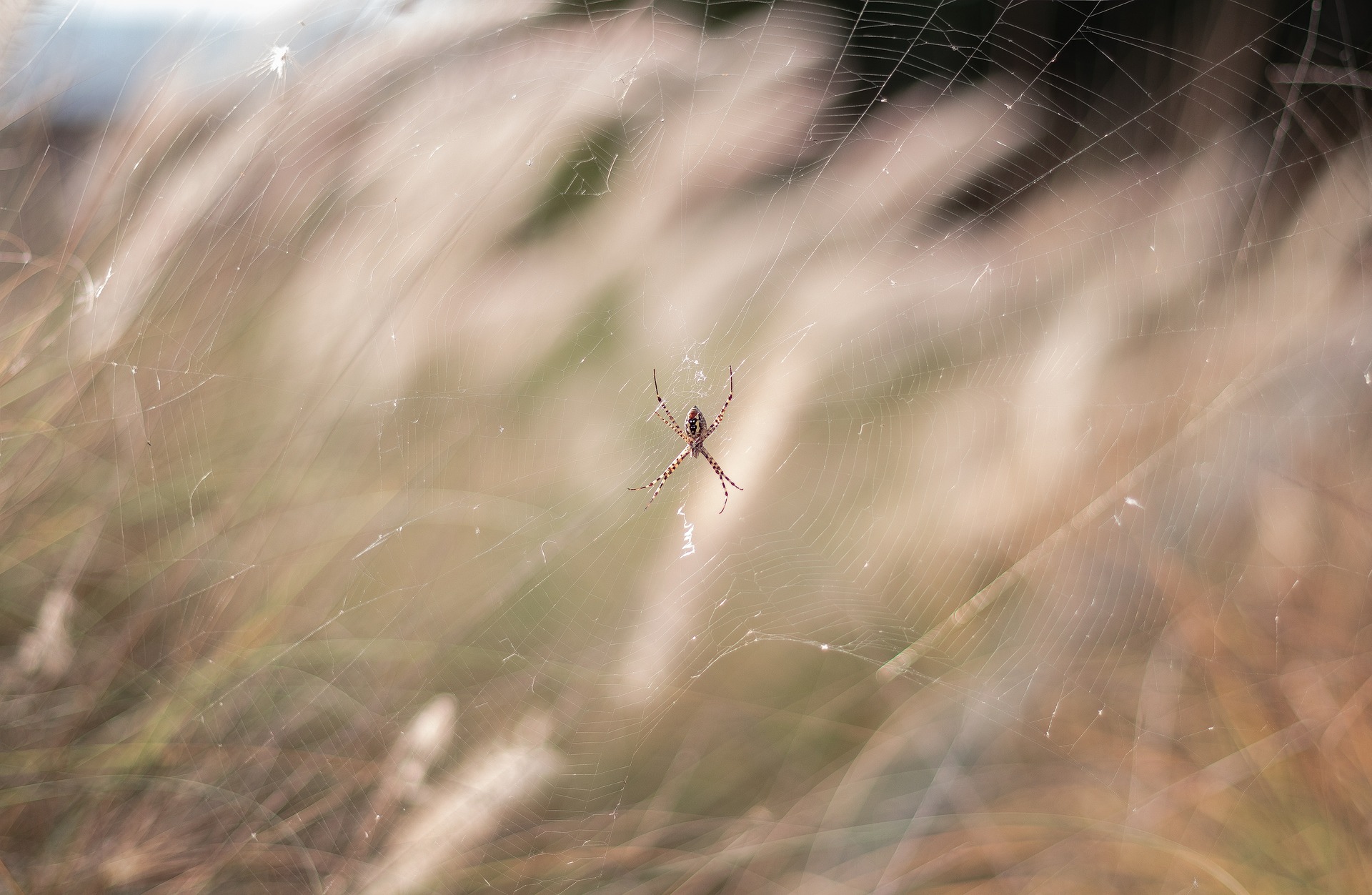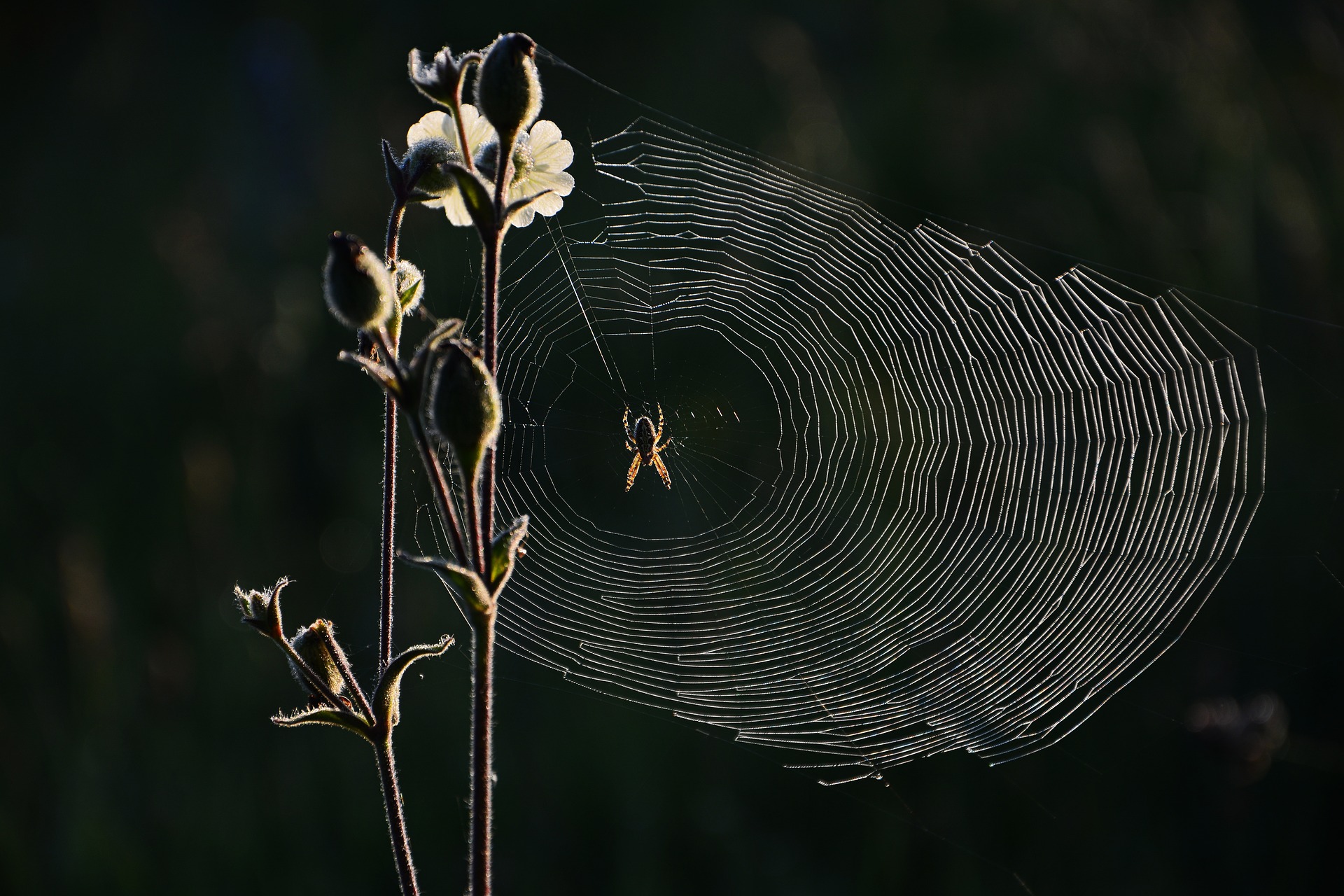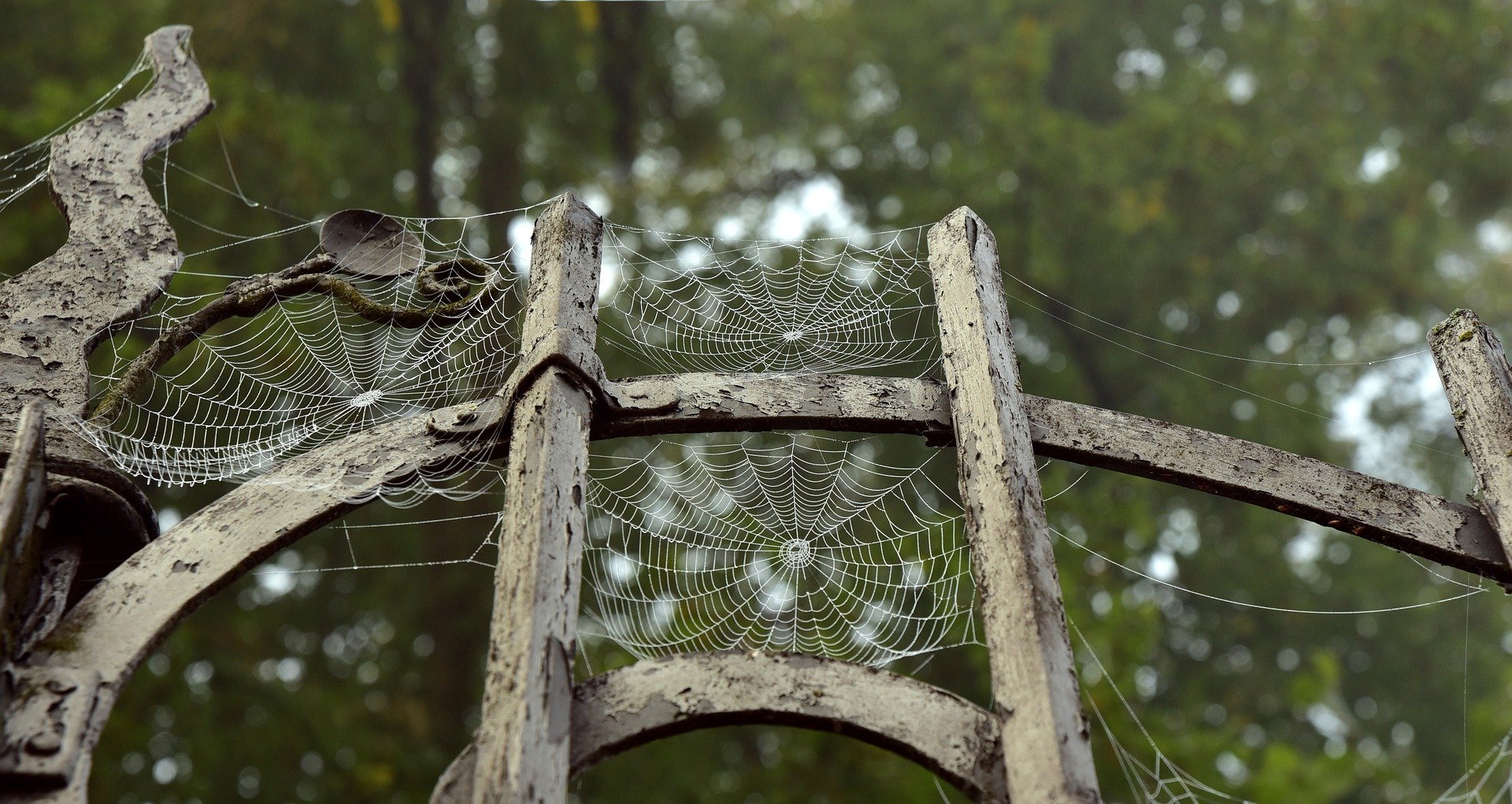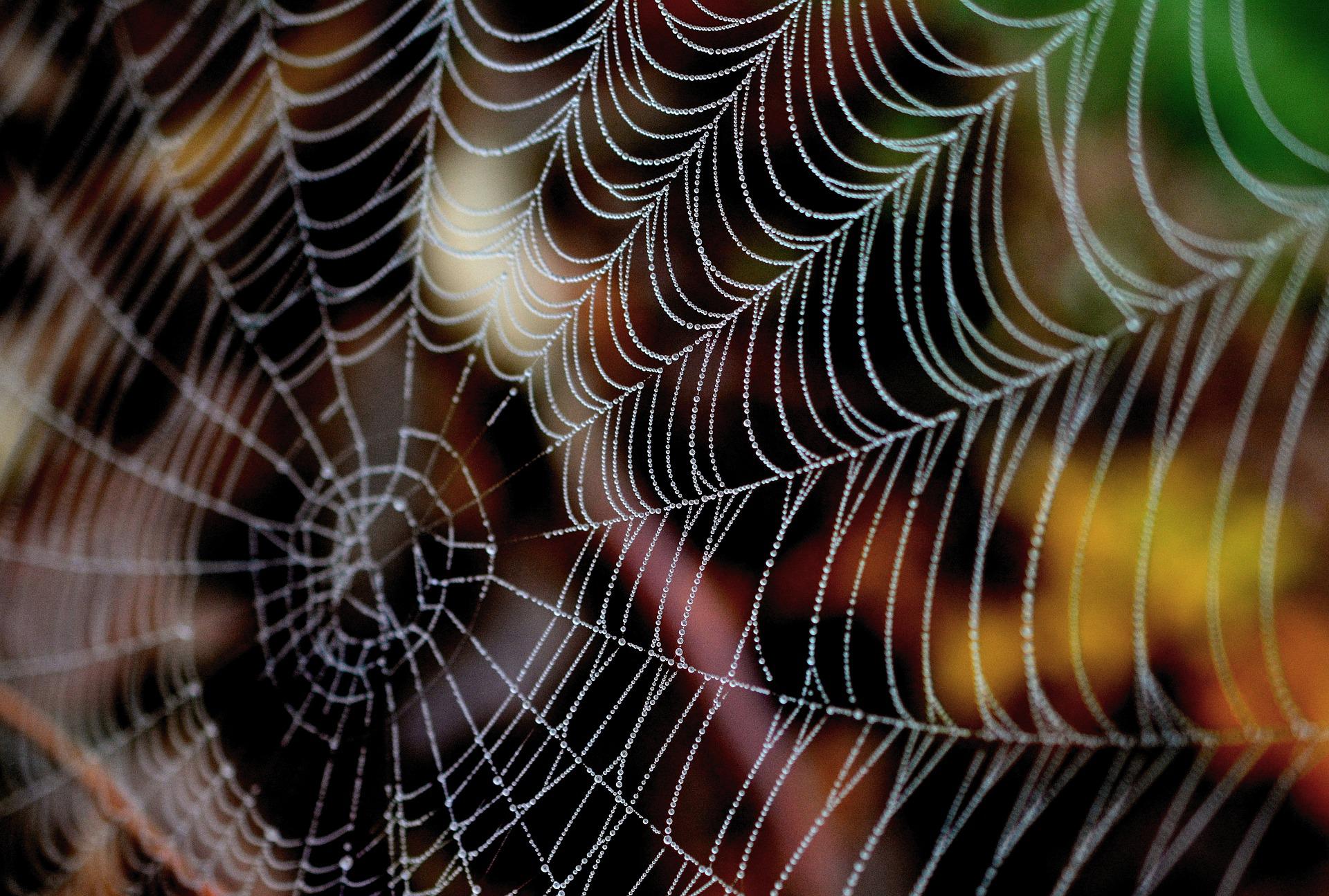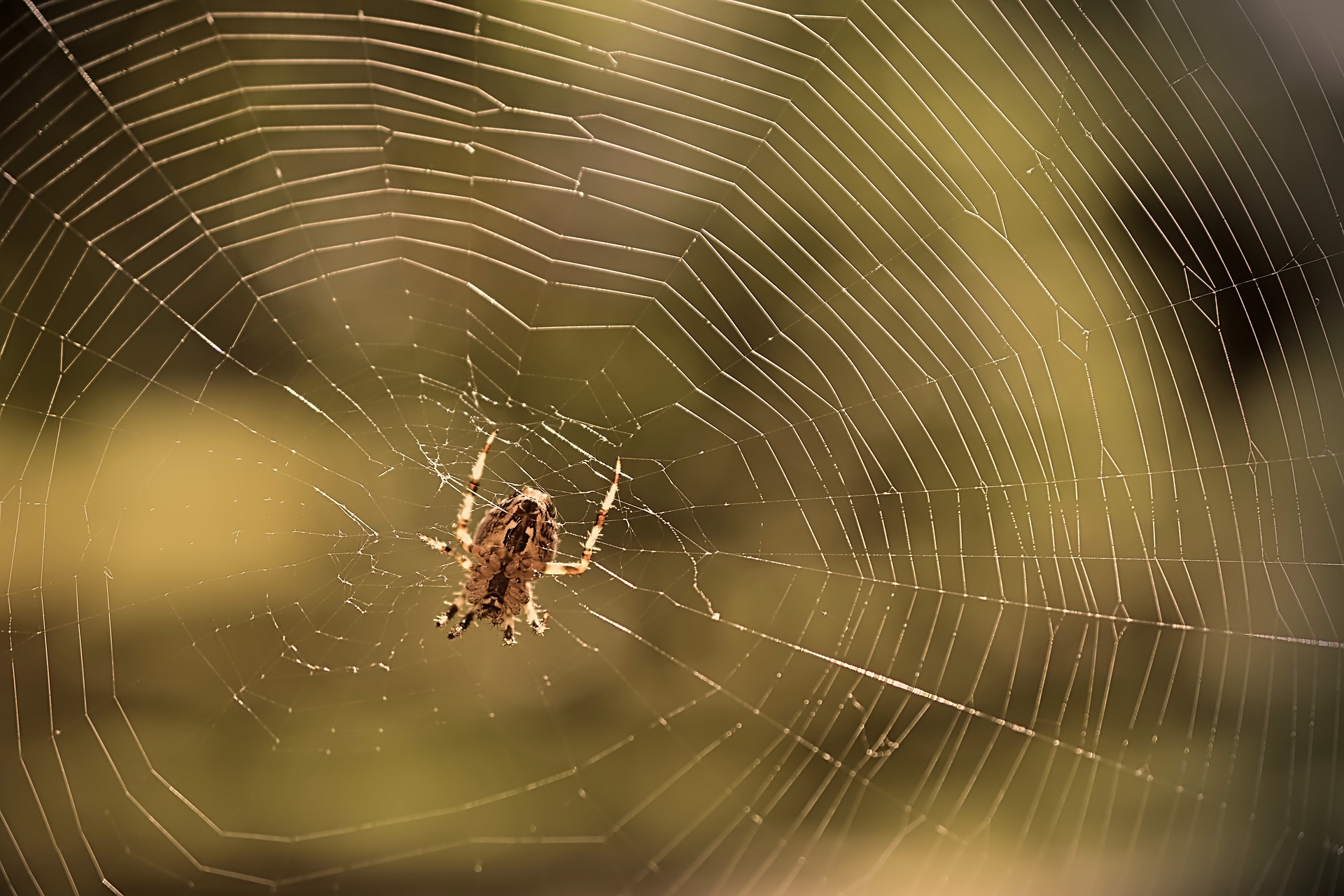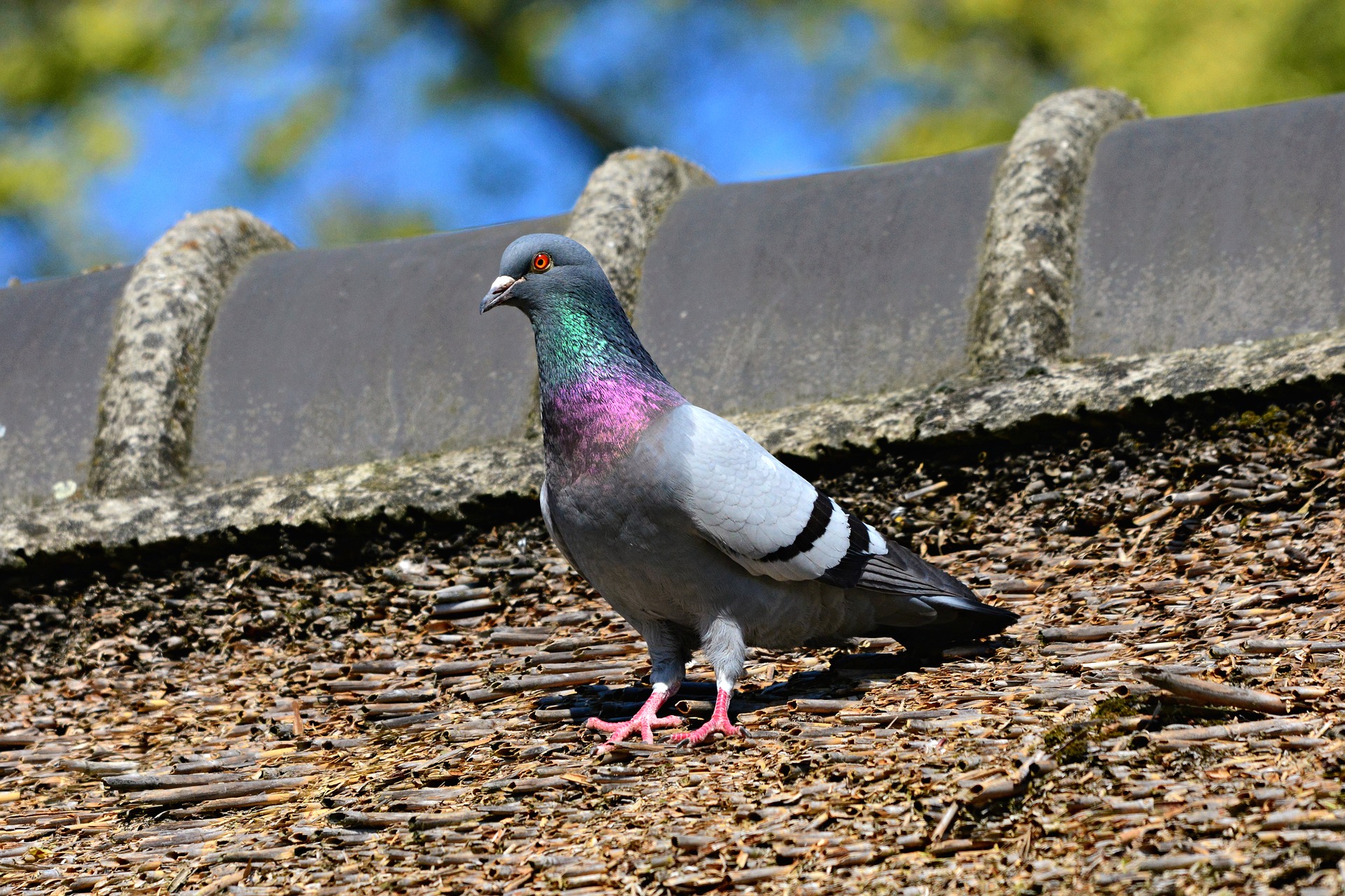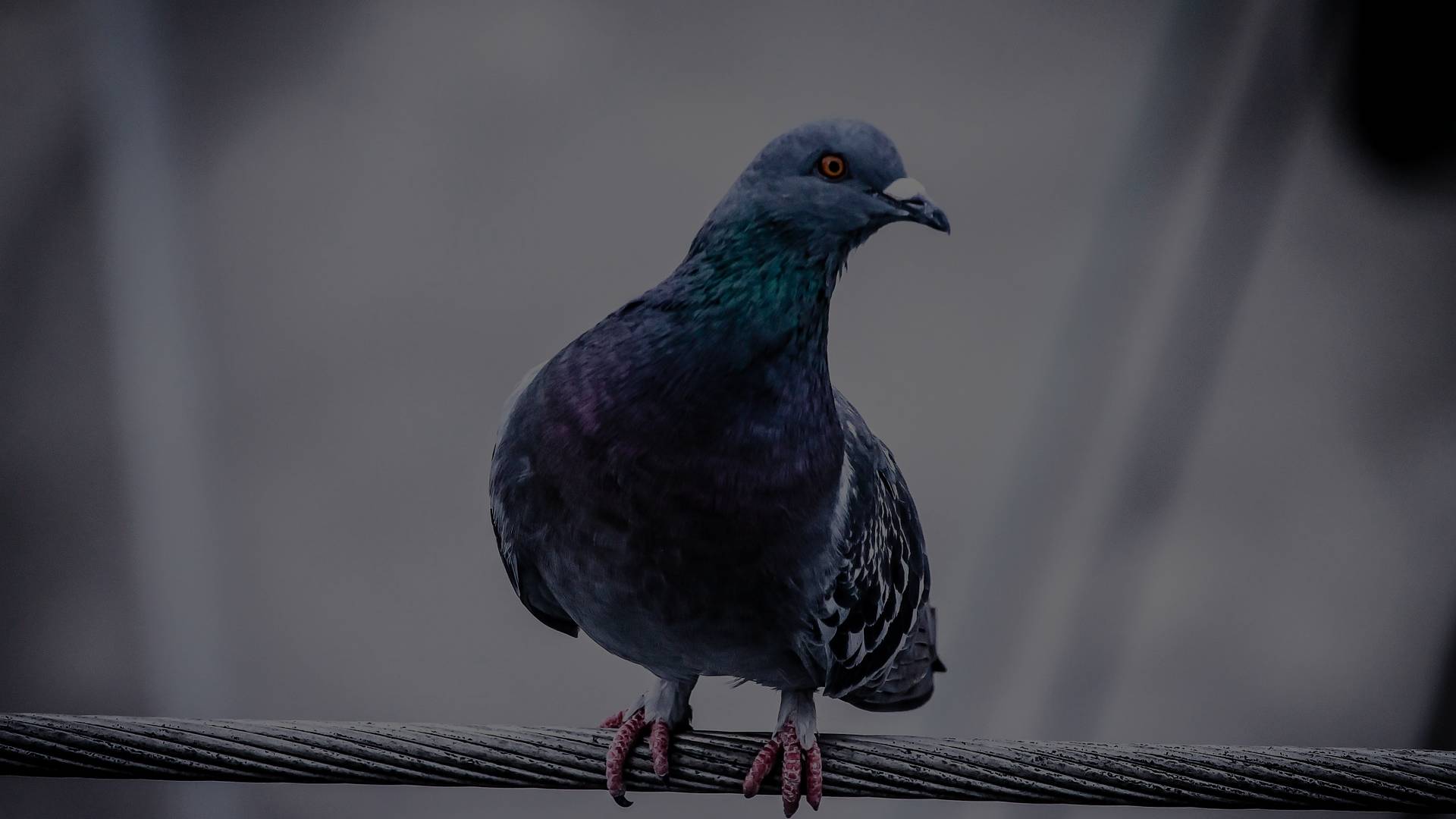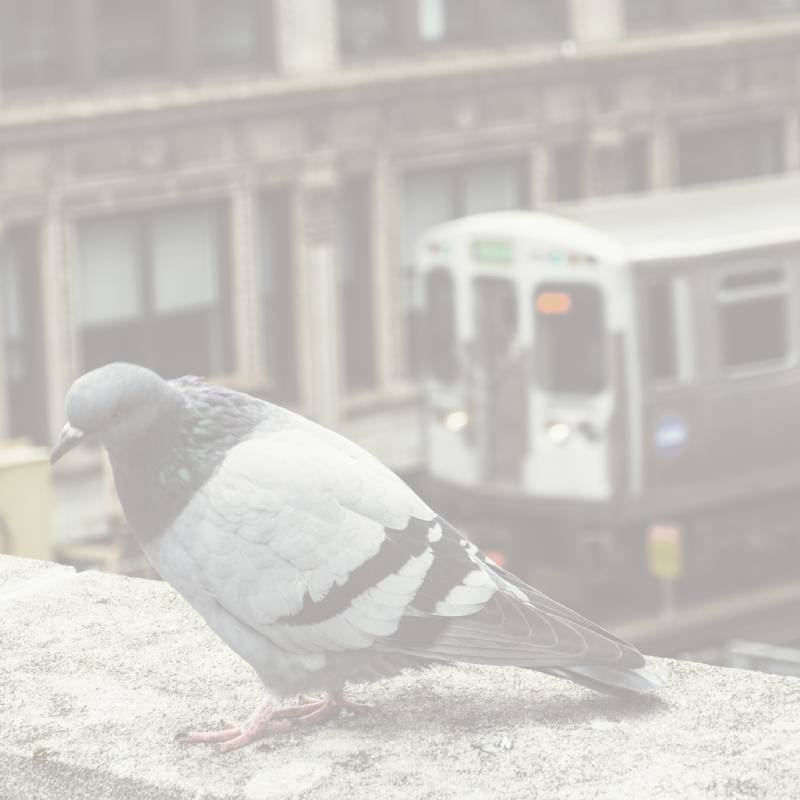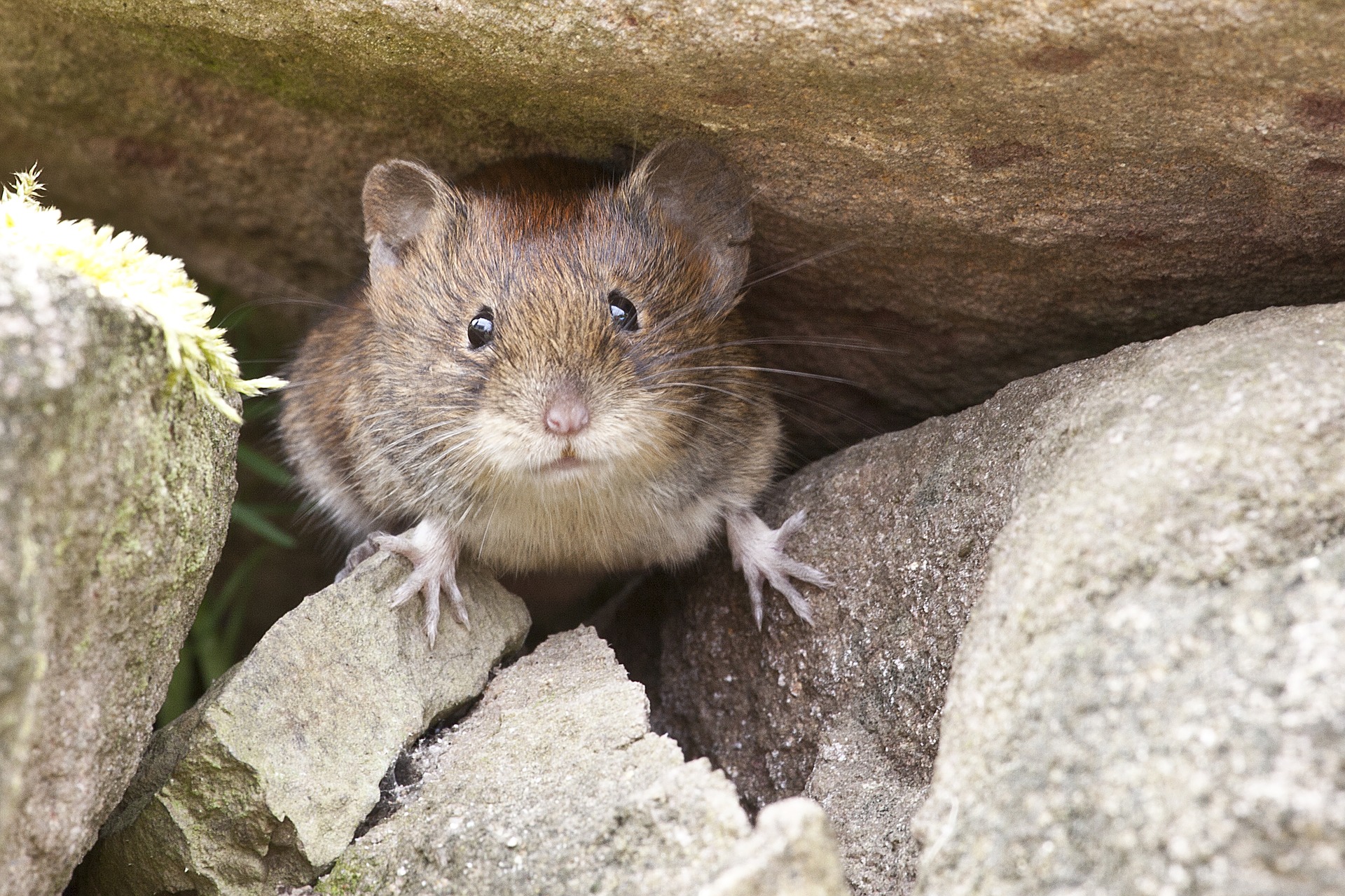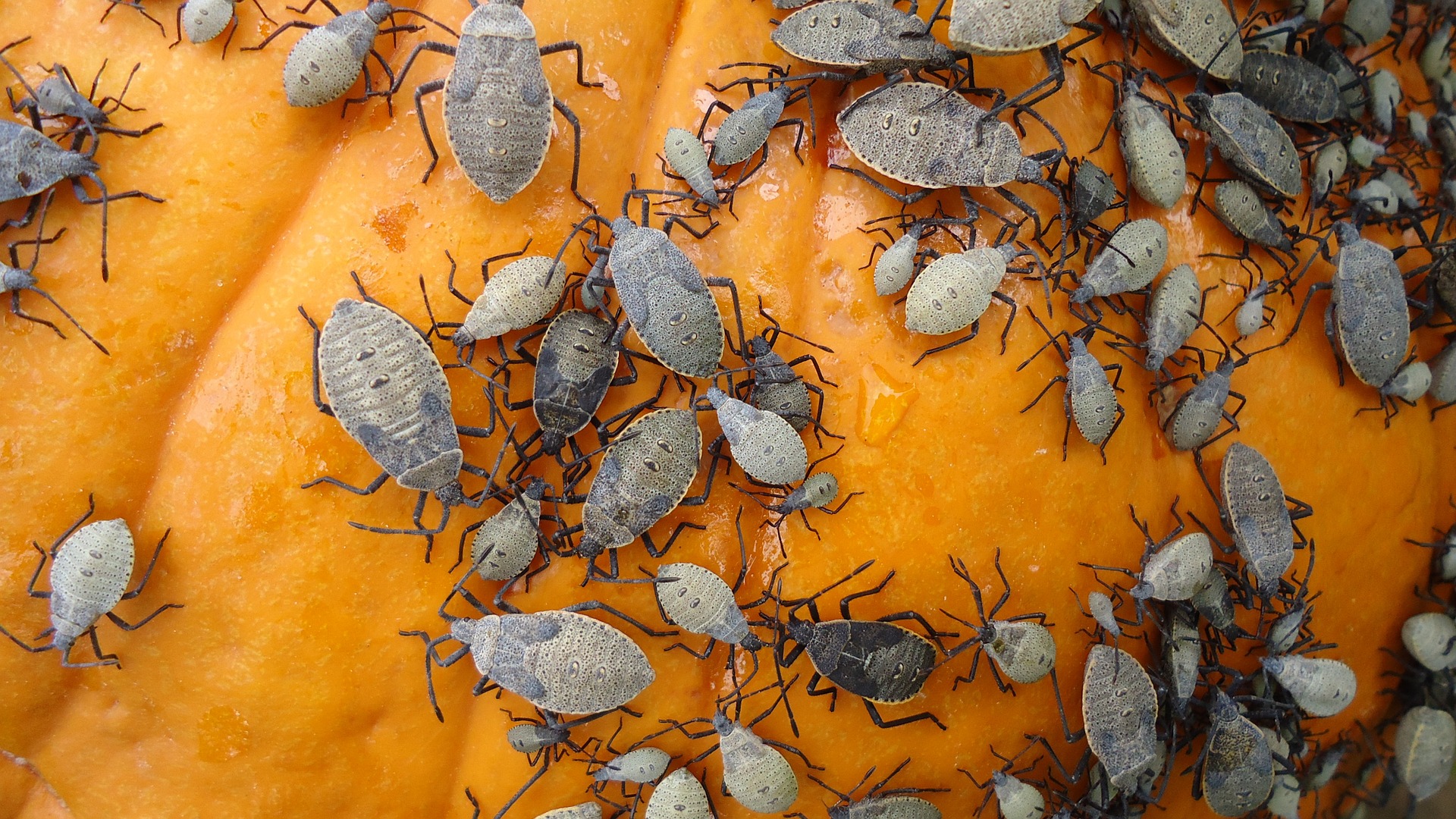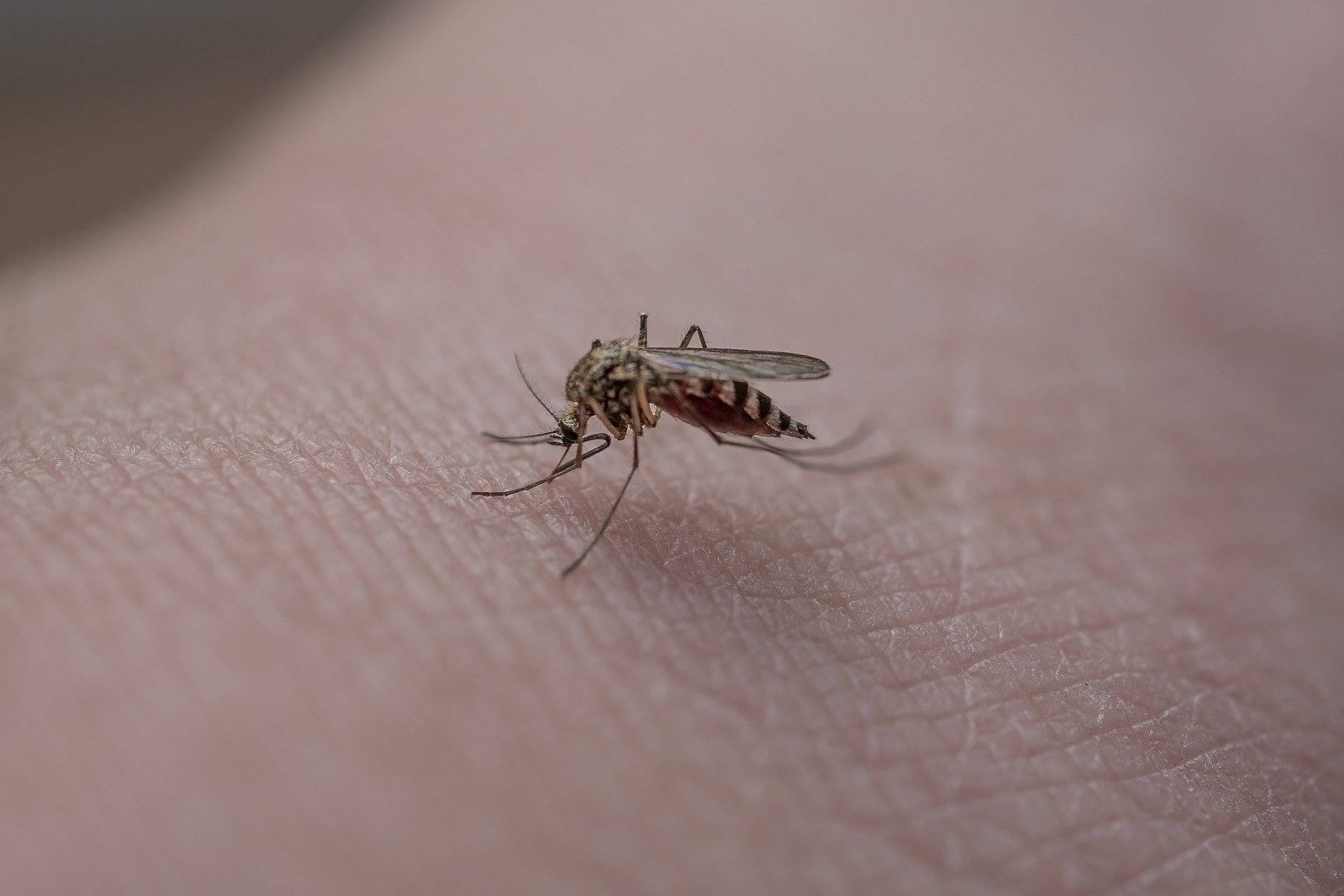Get Rid of Pantry Bugs With 24/7 Pest Control Services in New York City.
The two most common species are the red flour beetle and the confused flour beetle. They look similar, but you’re more likely to meet the red flour beetle in your home. Basically indistinguishable, the confounded and red flour bugs are around 3/16 inch long with leveled bodies very much adjusted to creeping into minuscule clefts. The most ideal way to recognize these two species is to take a gander at the radio wire. For viable purposes, however, it doesn’t make any difference which species it is on the grounds that the control rehearses are something similar. Befuddled flour scarabs are 1/8 inch long gleaming, straightened, oval, rosy earthy colored insects. The head and upper pieces of the chest are thickly covered with minute cuts. The radio wires of the befuddled flour scarab steadily grow toward the tip, delivering a four-section club. They can’t fly however they are incredible crawlers.
The females lay sticky eggs on top of grains, shelled nuts, and other foods. The hatchlings of both the befuddled and red flour insect are under 1/8 inch long and feed on flour and food items produced using ground and handled grain. Hatchlings don’t enter entire pieces of grain, however, they can benefit from broken bits and flour, corn dinner, and so on. Meaning, flour bugs are found in pantry items. These beetles can make infested food smell and turn moldy. Harm to food is caused to some degree by the creepy crawlies taking care of, yet in addition by their dead bodies, waste pellets, and putrid discharges. As well as making a foul scent, the bug’s presence supports the development of form.
Although they are medically harmless if eaten, the most widely recognized signs that red flour insects have attacked your house is to see the real bugs either slithering or flying all through your home, or by seeing them in your flour or oat items. These bugs can grow over time in warm regions. The existence cycle takes from 40 to 90 days, and the grown-up can live for quite a long time. All types of the existence cycle might be found in invaded grain items simultaneously. You may likewise see openings where they have bitten through the bundling of flour or other dry grain items that are put away in your kitchen or storeroom regions. Since these vermin are found in our food supply, treating them with pesticides, if not appropriately prepared can be destructive to individuals and pets.
The initial phase in dealing with a flour beetle infection is to find and eliminate the wellspring of the invasion. Toss out all tainted foods and vacuum all debris. Flour creepy crawlies can take care of and get by on even the littlest pieces of grain, so cleaning is a pivotal piece of controlling these nuisances. When endeavoring to find the source, make certain to consider all reasonable food things including, dry pet food, dried blossoms, nuts, birdseed, and all-grain items. Make certain to search for “defective bundles.” Make certain to give close consideration to the breaks and cleft of any cupboards. For all your pantry pests extermination contact 247 Pest Control NYC. We are certified and trained to handle any kind of pantry bug!
Pantry Bugs – Indian Meal Moth
If you wondered if you have ever seen an Indian meal moth, chances are you have. It is due to the fact that these are the most common and maybe the number one invaders in your pantry. Indian meal moths are a typical family bug that gets their name from their eating routine of grains. These moths can be up to five-eighths of an inch long, with a wingspan of around three-fourths of an inch.
Pantry Bugs – Saw Toothed Grain Beetle
The most ancient known beetle is well known as the Sawtooth Grain Beetle. These bugs have been around as long as other flour bugs. Their set of experiences goes back a few thousand years. This is because in reality most antiquated human advancements utilized flour as an essential food fixing. Sawtooth Grain Beetles are a little brown to dark insect estimating a quarter to three-eighth inches long when completely developed.
Pantry Bugs – Drugstore Beetles
If you are wondering if there are beetles that attack drugstore, tobacco, and book products, the Drugstore beetle is definitely one of them. It gets its name from its propensity for benefiting from physician endorsed drugs. It likewise benefits from flours, dry blends, bread, treats, chocolates and different desserts, and flavors. Non-food material incorporates fleece, hair, calfskin, horn, and gallery examples.
Pantry Bugs – Rice Weevils
Rice weevils are a type of beetle that eats plants. These dark brown, winged insects can spoil entire bins of grains. The rice and storehouse weevil are vermin of put away grain and seeds. They create inside entire grain portions as little, white, crumpled, grub-like hatchlings. There is for the most part no outer proof that the hatchlings have been eating and becoming inside the seed until after around one month when the grown-up weevil bites through the seed coat and arises.
Pantry Bugs – Warehouse Beetles
The warehouse beetle insect, Trogoderma variabile, is one of a few types of creepy crawly in the variety Trogoderma that are viewed as irritations of put away items. It is the most normal Trogoderma brother in homes. The distribution center bug is elliptical to oval, 1/8 to 3/16 inch long, with a dim and light mottled example on their wing covers. Grown-up Trogoderma are genuinely fleeting and seldom feed on put away items.

